Prague - 2017
Prague, the capital and largest city of the Czech Republic, has a population of 2.2 million people.
Prague has been a political, cultural, and economic centre of central Europe with waxing and waning fortunes during its history.
Founded during the Romanesque and flourishing by the Gothic, Renaissance and Baroque eras, Prague was the capital of the kingdom of Bohemia
and the main residence of several Holy Roman Emperors, most notably of Charles IV.
Since 1992, the extensive historic centre of Prague has been included in the UNESCO list of World Heritage Sites.
Its rich history makes it a popular tourist destination, and the city receives more than 6.4 million international visitors annually,
In 2014. Prague was the fifth most visited European city after London, Paris, Istanbul and Rome.
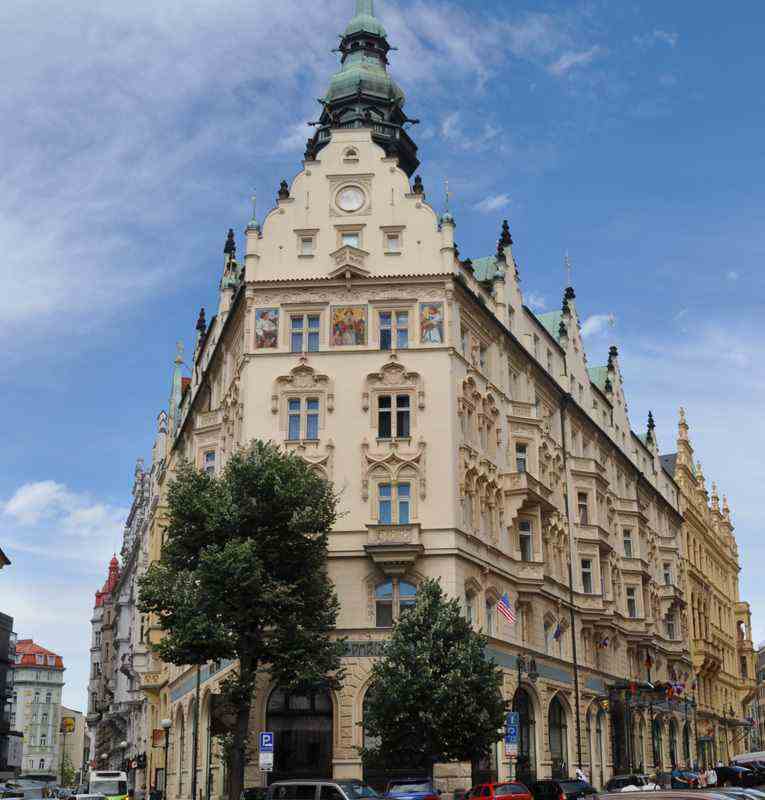

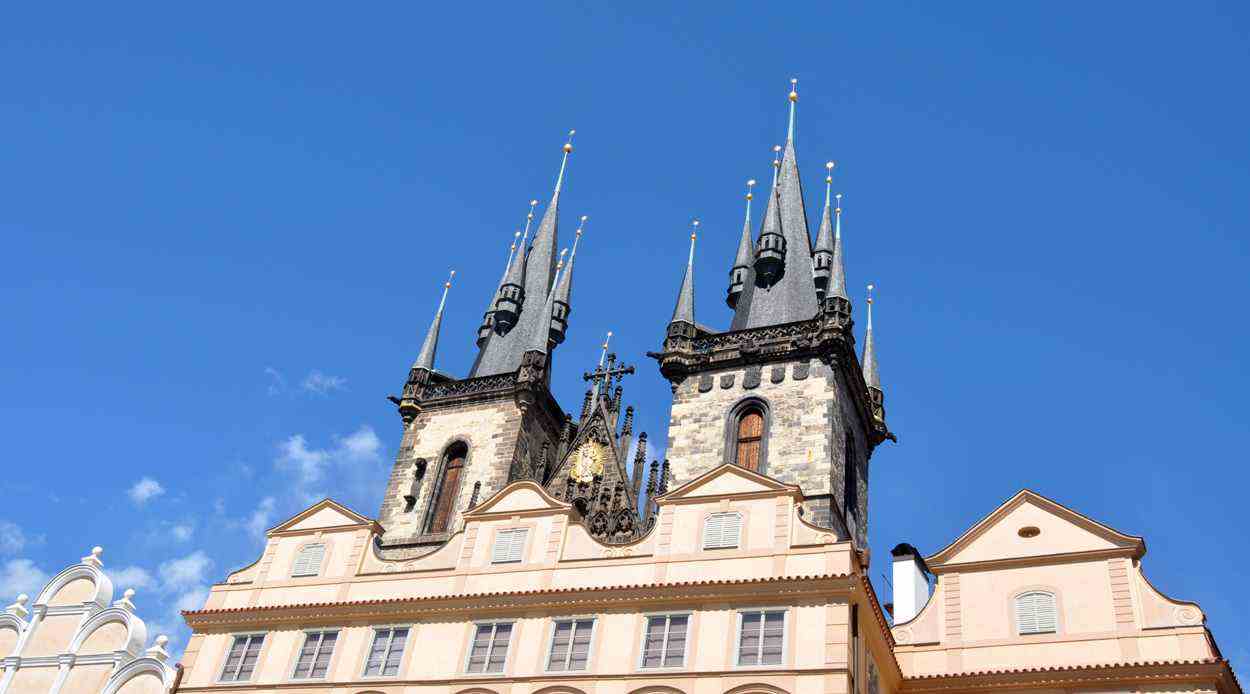
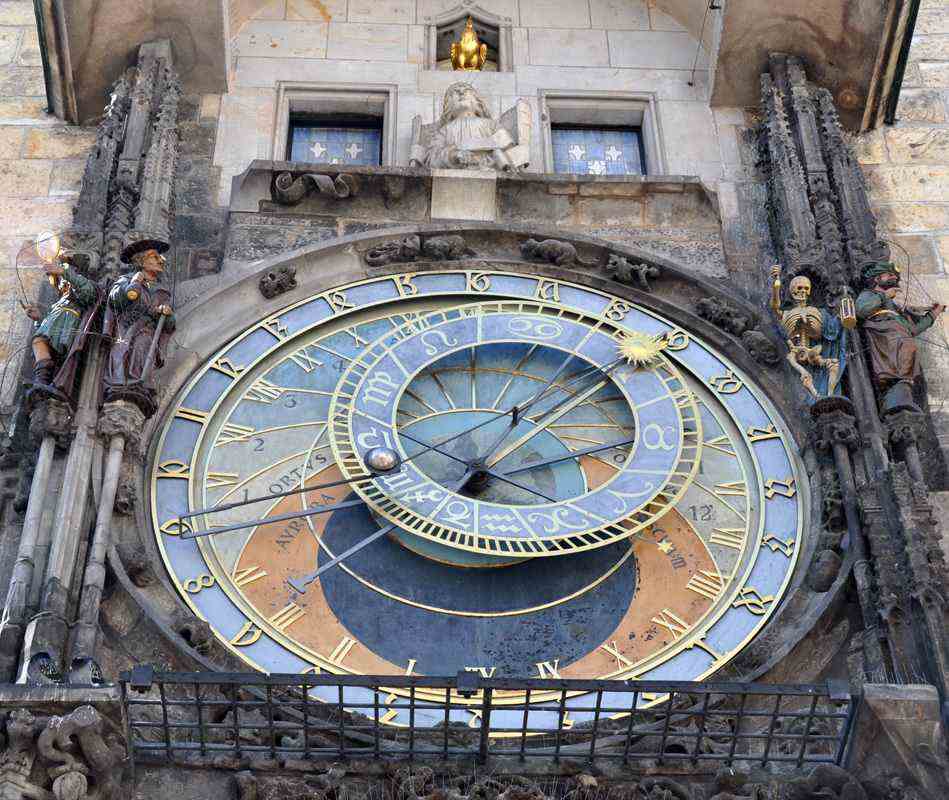
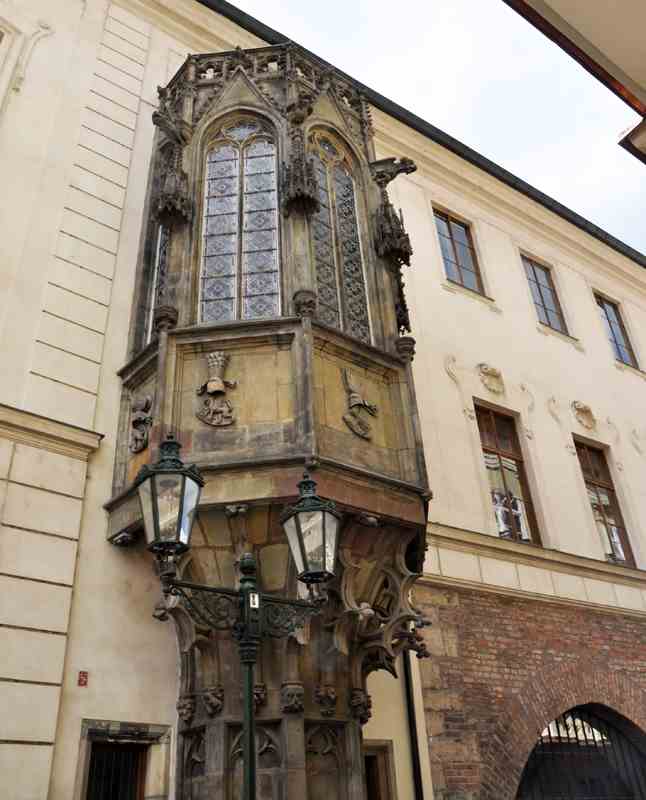
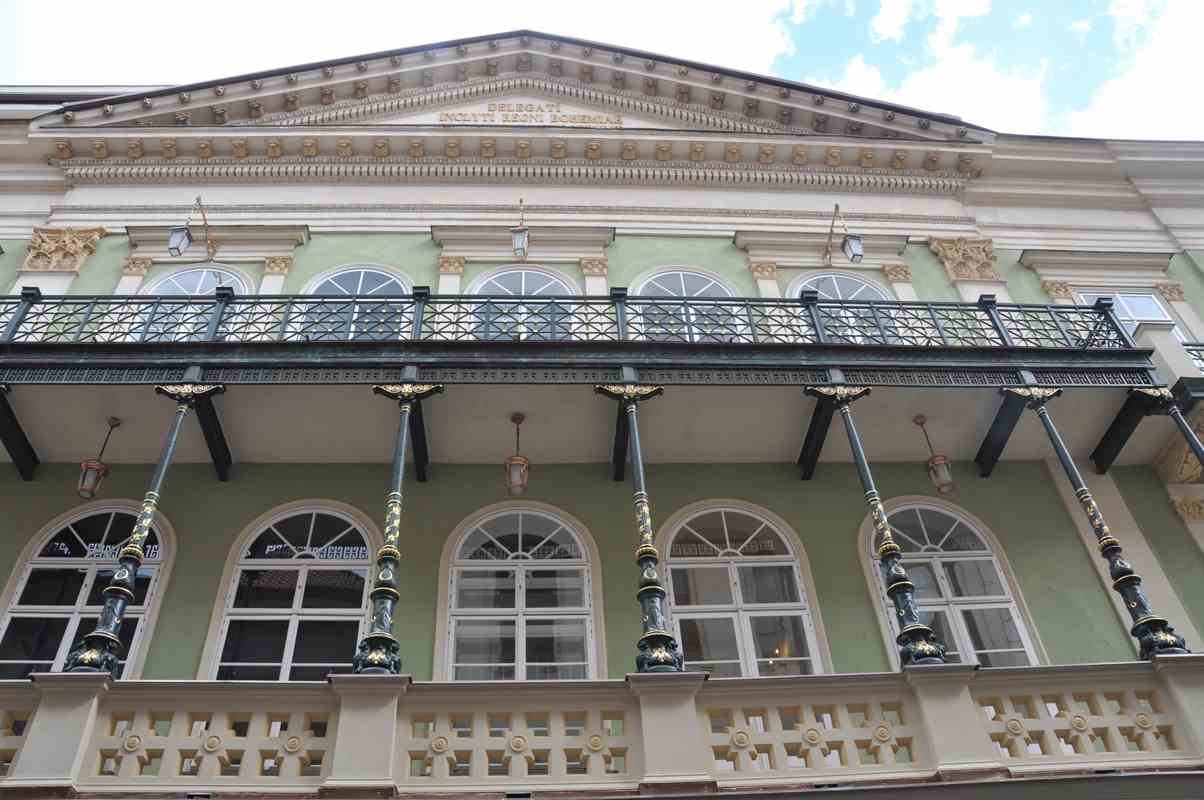
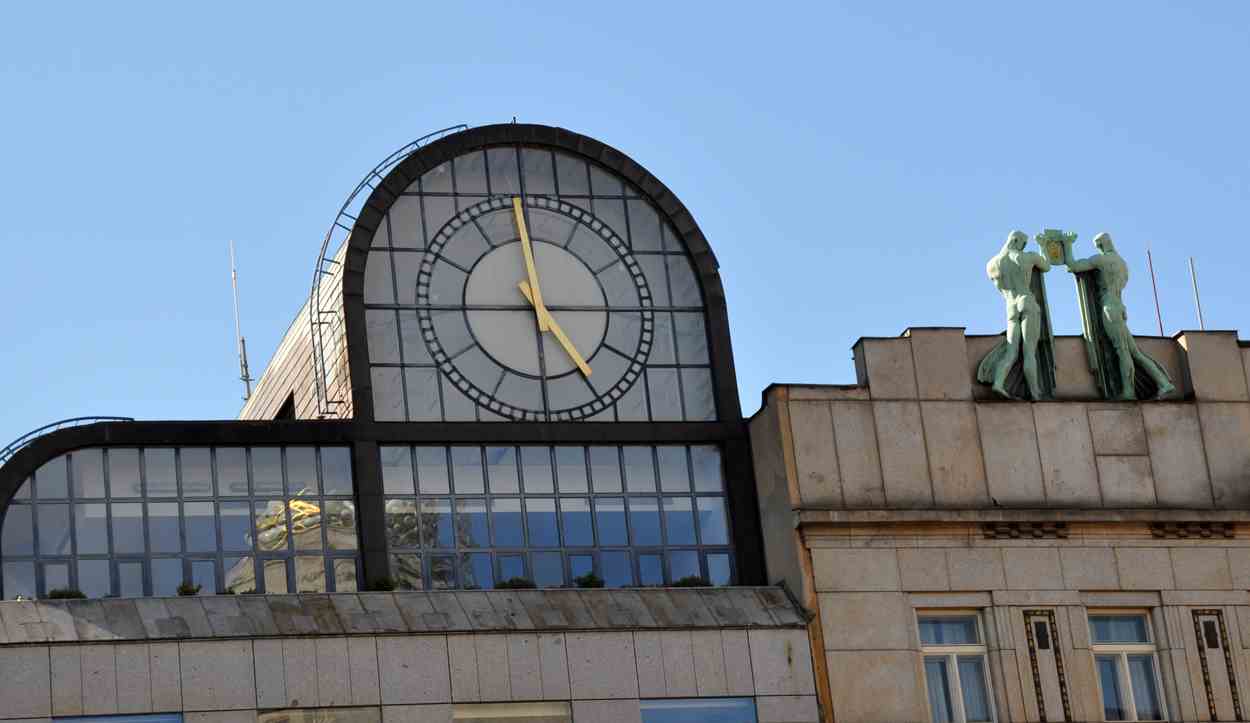

The Grand Hotel Bohemia
Sheer luxury, our home for 4 nights in Prague, right in the heart of the old town.
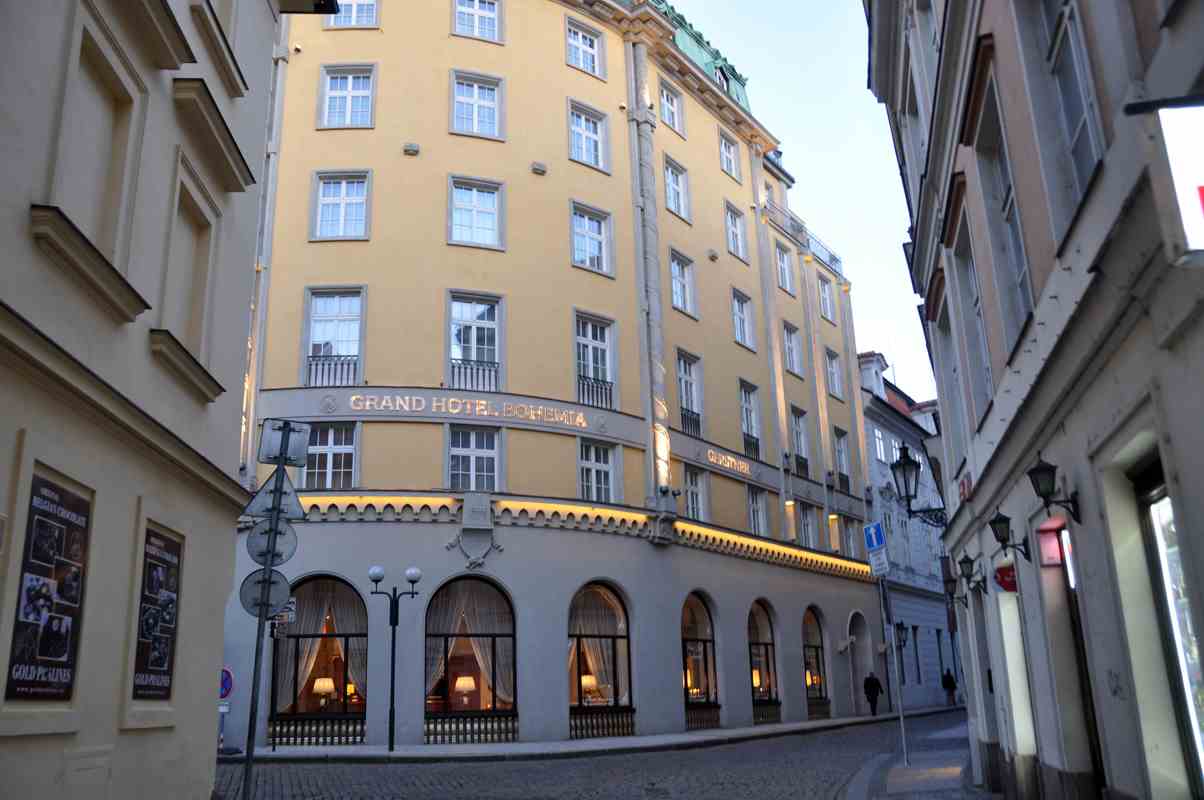
We had a very special dinner and concert at the stunning neo-Baroque Boccaccio ballroom
in the basement of the hotel.
In between the meal courses we were entertained with music of Mozart and others performed by a small ensemble
and an excellent soprano and baritone in period costume.
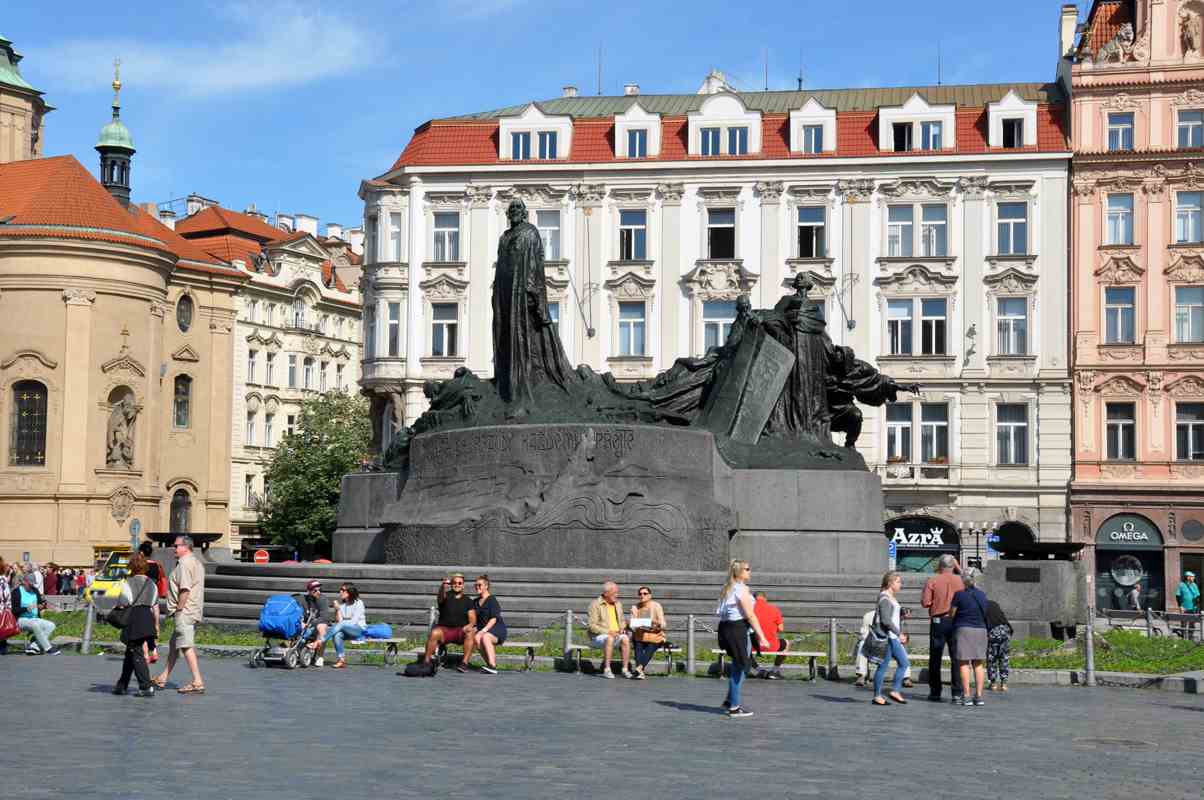
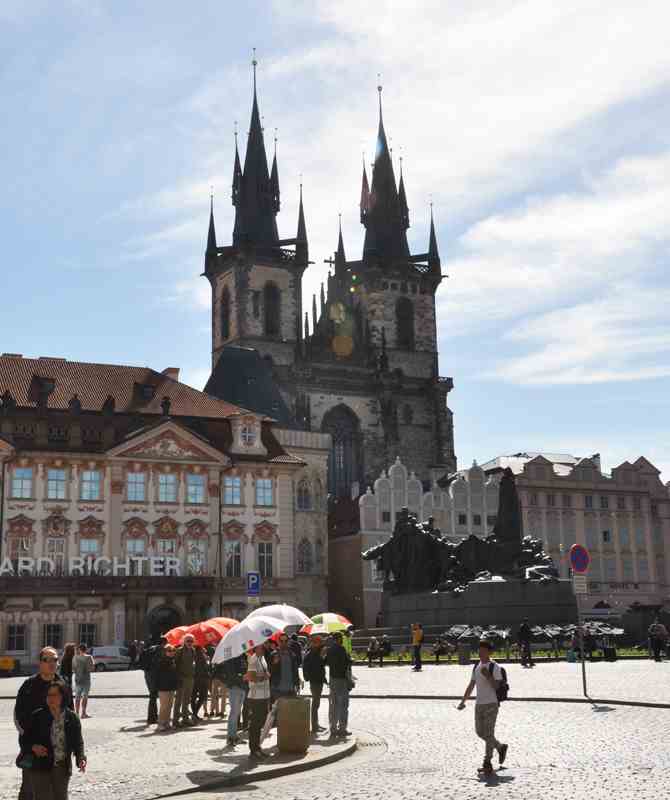
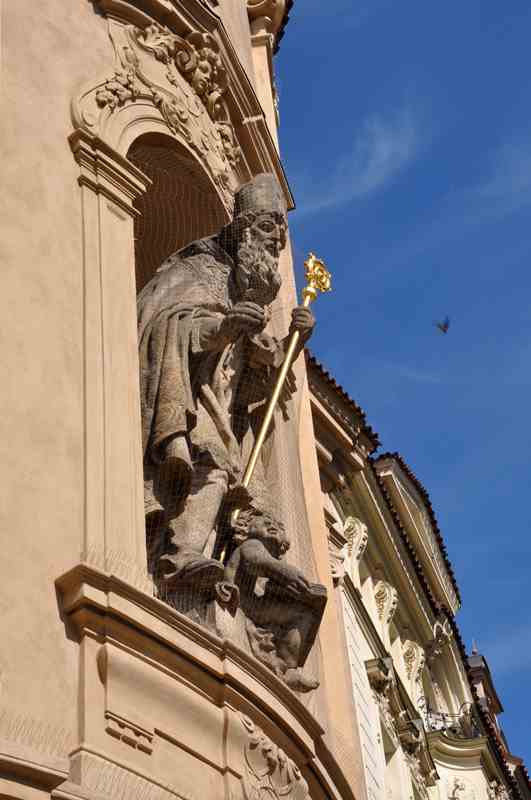
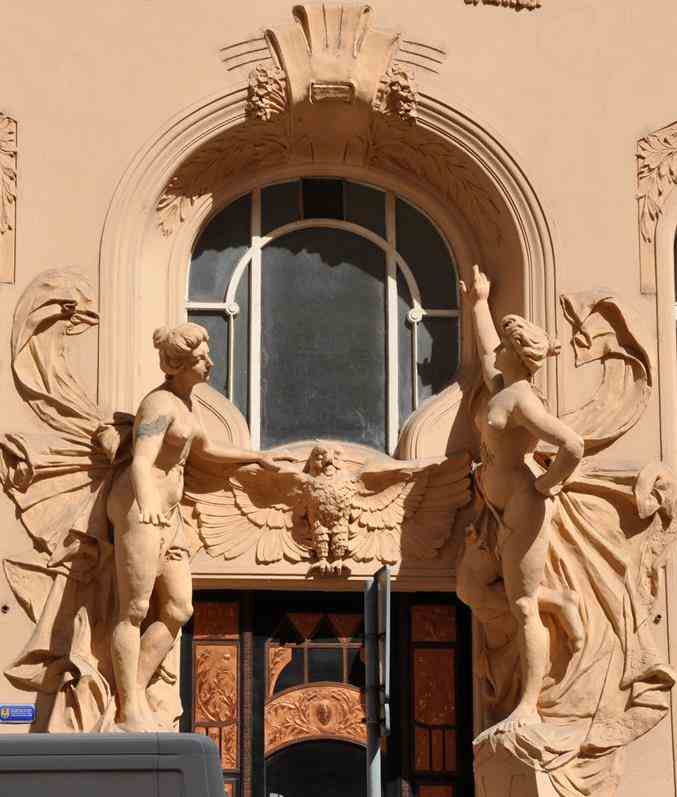
The National Theatre of Prague
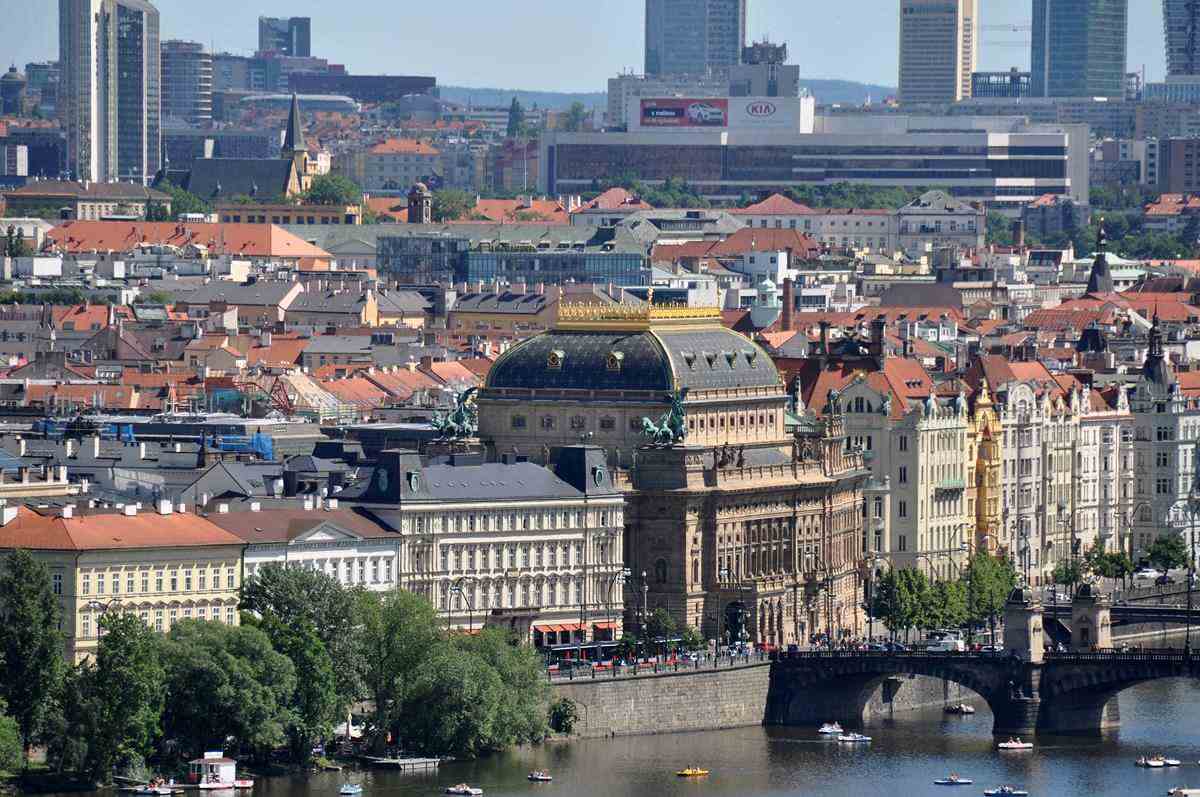
We saw a performance of Lohengrin in the theatre.
Lohengrin is a Romantic opera composed and written by Richard Wagner, first performed in 1850.
We had read the synopsis of the opera on Google and fortunately there were English (and Czech) subtitles projected on a screen above the stage.
So I was able to follow it ok.
It started at 6pm and with 2 intervals it finished after 11pm. Over 4 hours of opera.
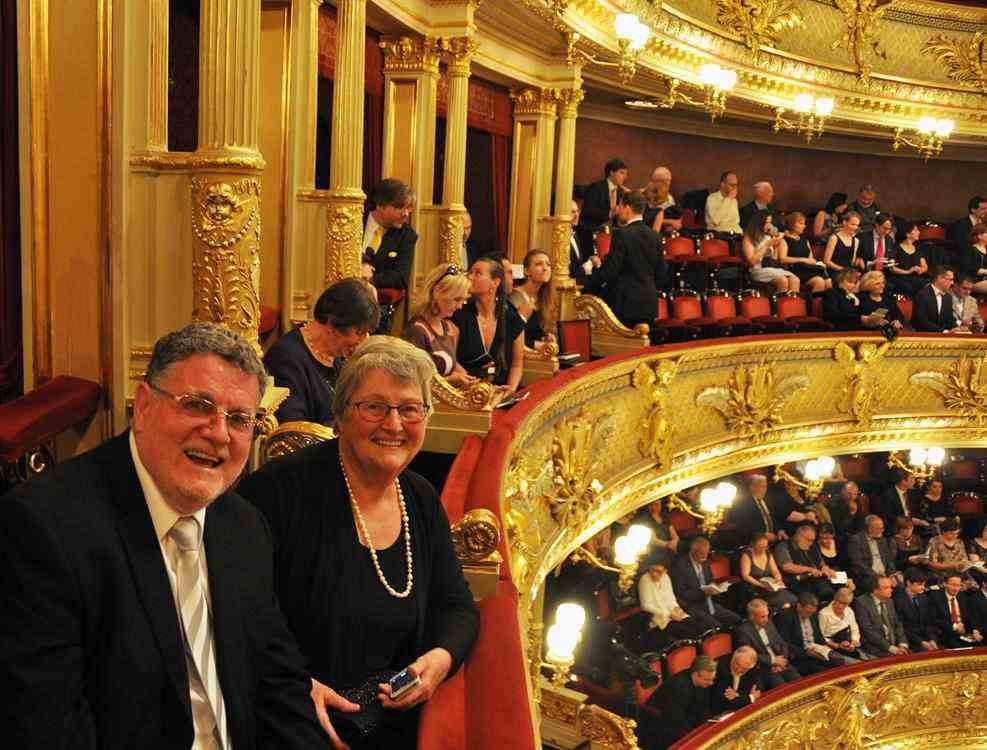
We were lucky to have a private box.
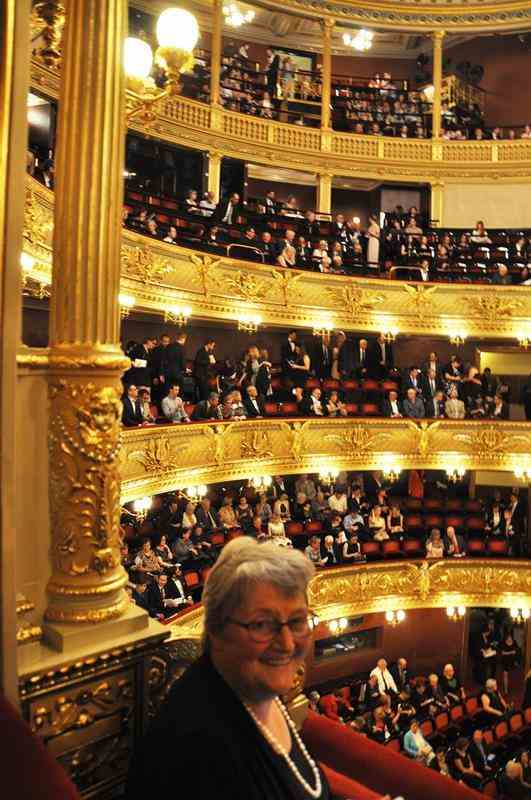
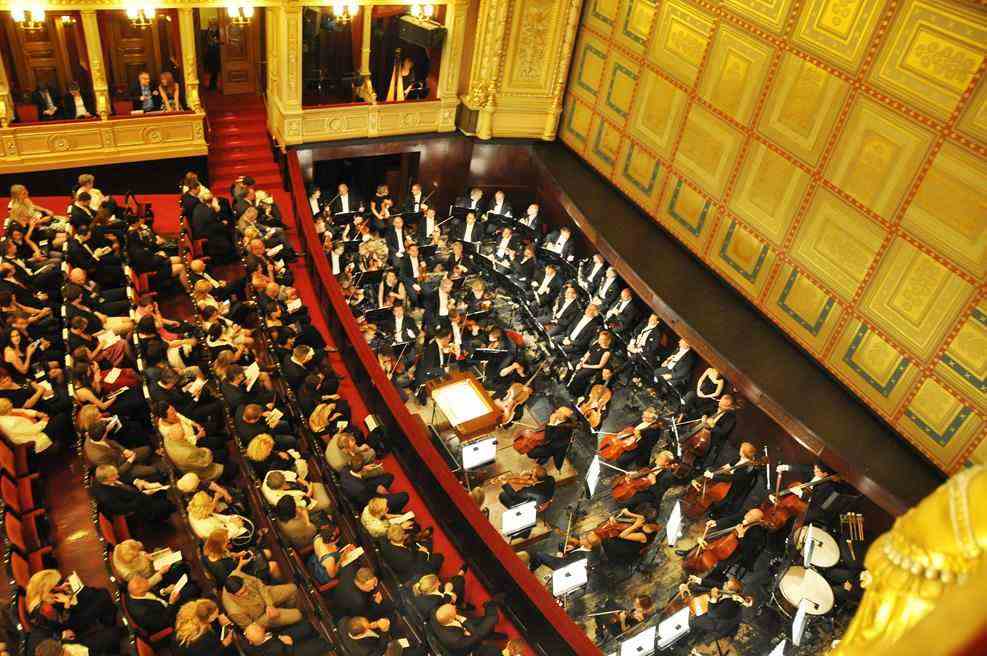
Margaret is no fan of Wagner and thinks that Lohengrin is a slow and dismal opera.
However she loved the whole experience ... getting dressed up, sitting in the private box ,
watching the orchestra from above, a glass of champagne during the interval ...
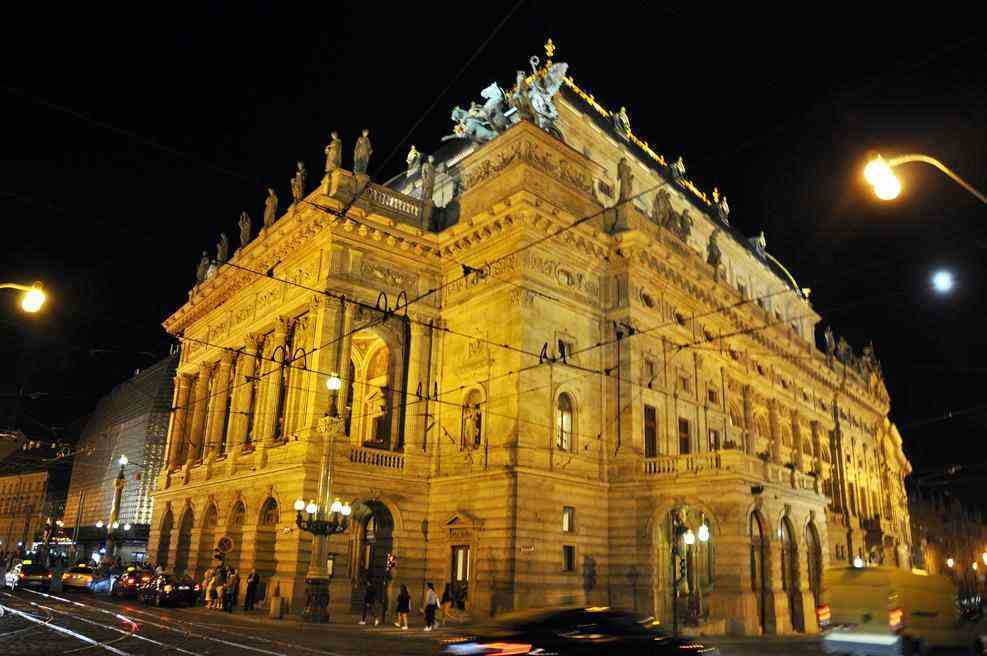

Prague Castle area
Dating from the 9th century, the castle was the seat of power for the Kings of Bohemia, the Holy Roman Emperors, and the Presidents of Czechoslavakia.
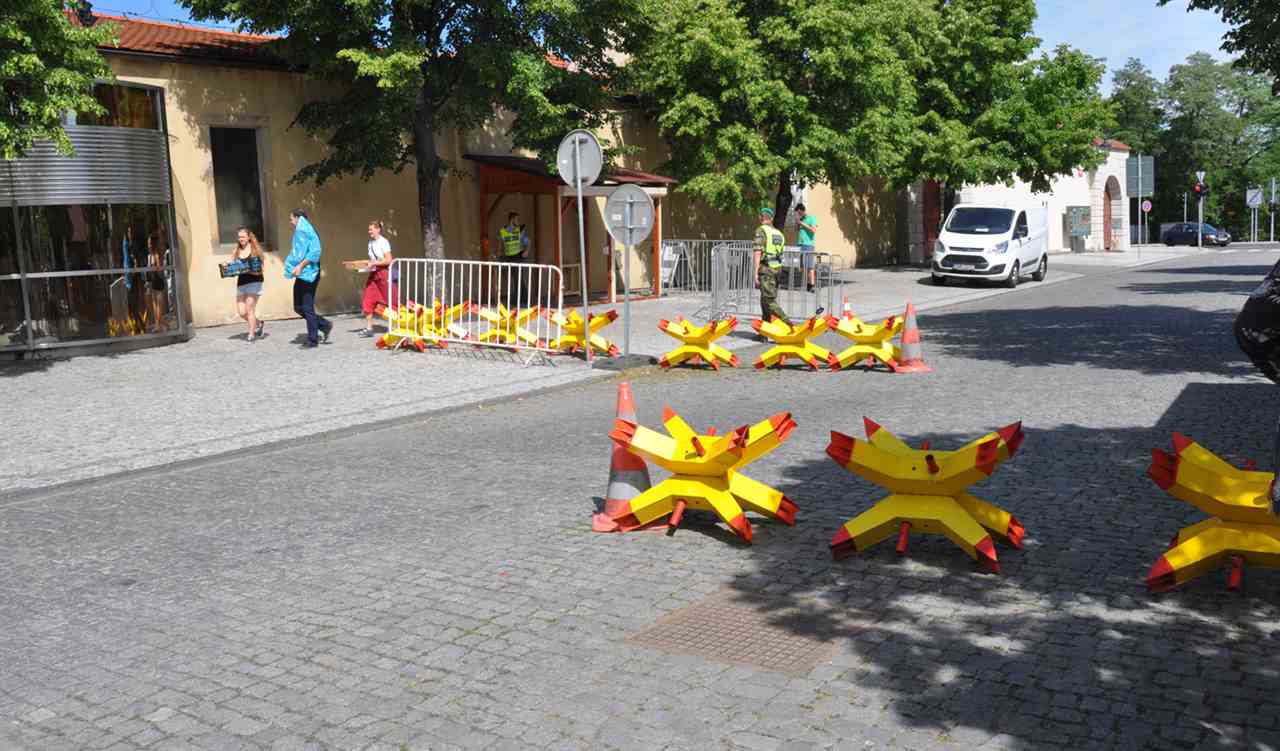
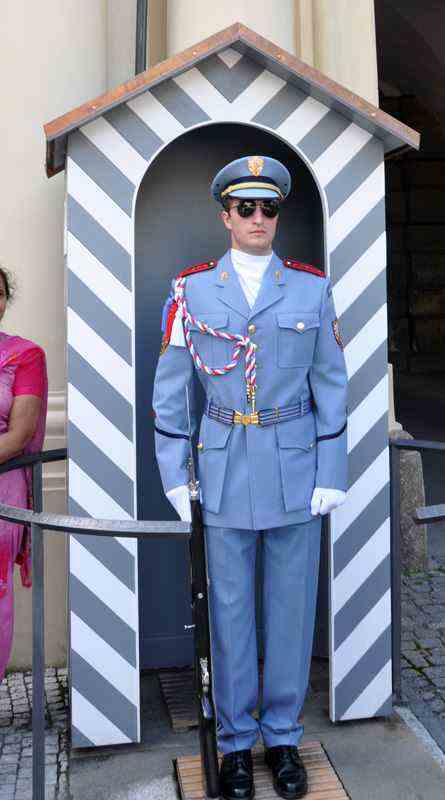
St. Vitus Cathedral
This cathedral is a prominent example of Gothic architecture and is the largest and most important church in the country.
It contains the tombs of many Bohemian kings and Holy Roman Emperors,
Construction of the current cathedral began in 1344 and was only completed in 1929.
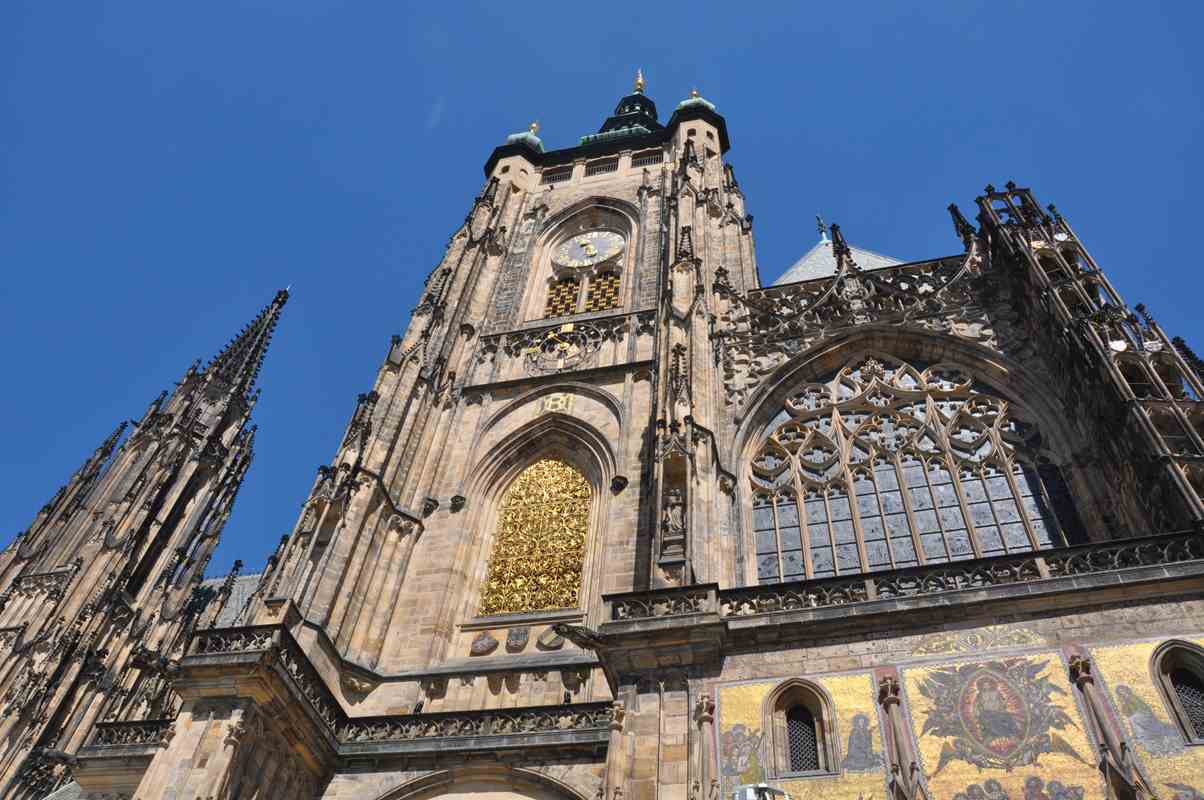
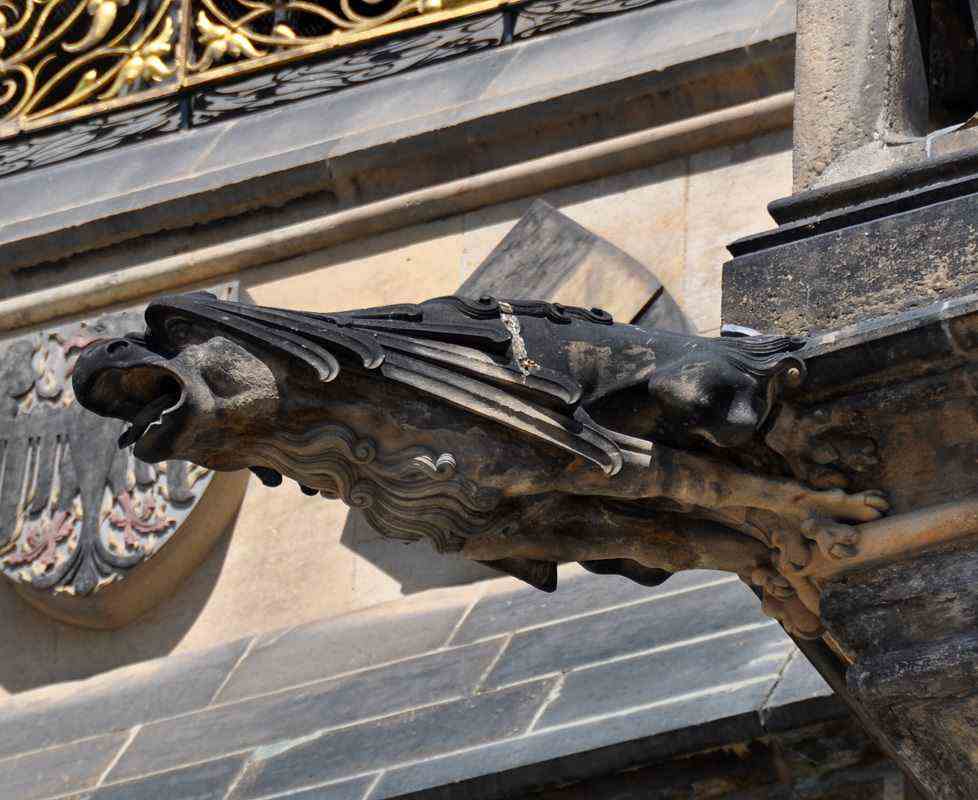

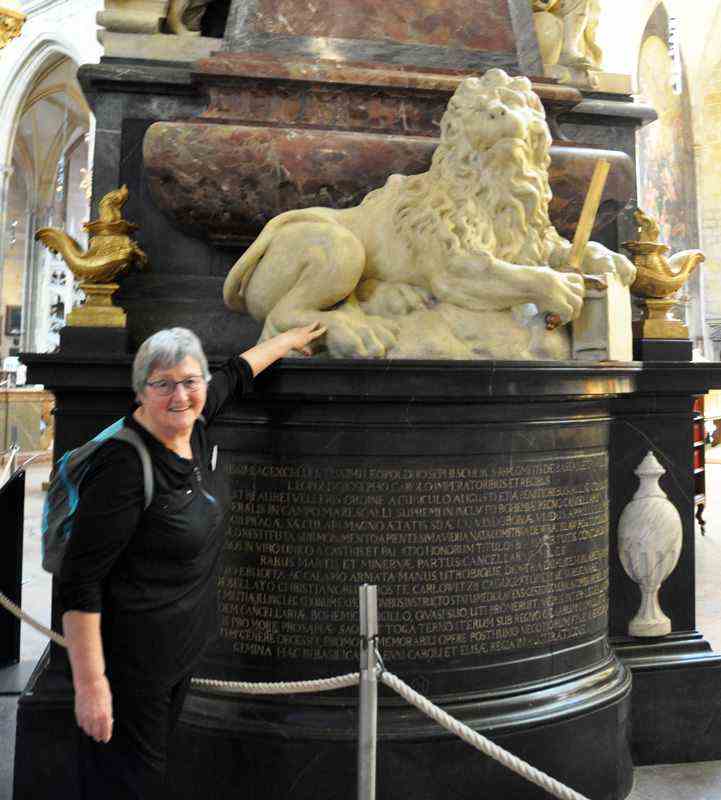
Old Royal Palace (Starý královský palác)
The Old Royal Palace used to be the seat of Bohemian princes.
It was founded in the 9th century and since then has been changed significantly by great emperors Sobeslav I, Charles IV, Wenceslas IV and Vladislav Jagiello.
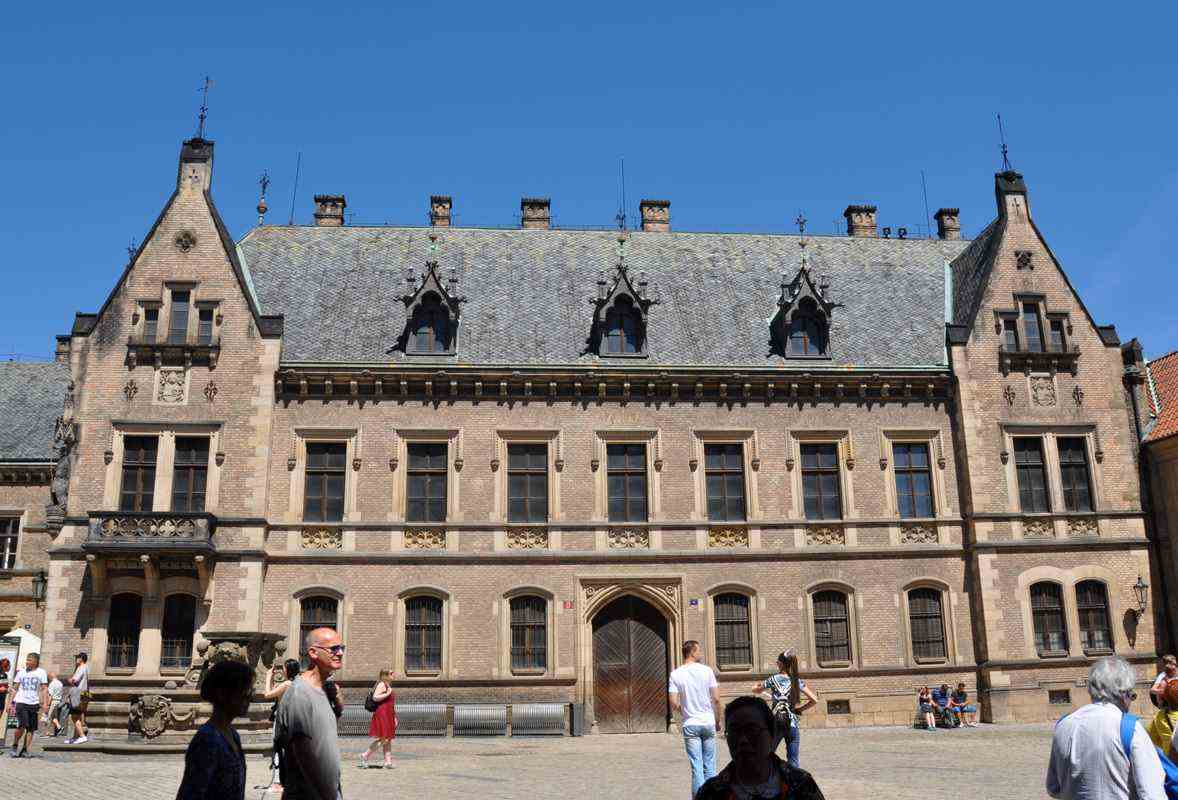
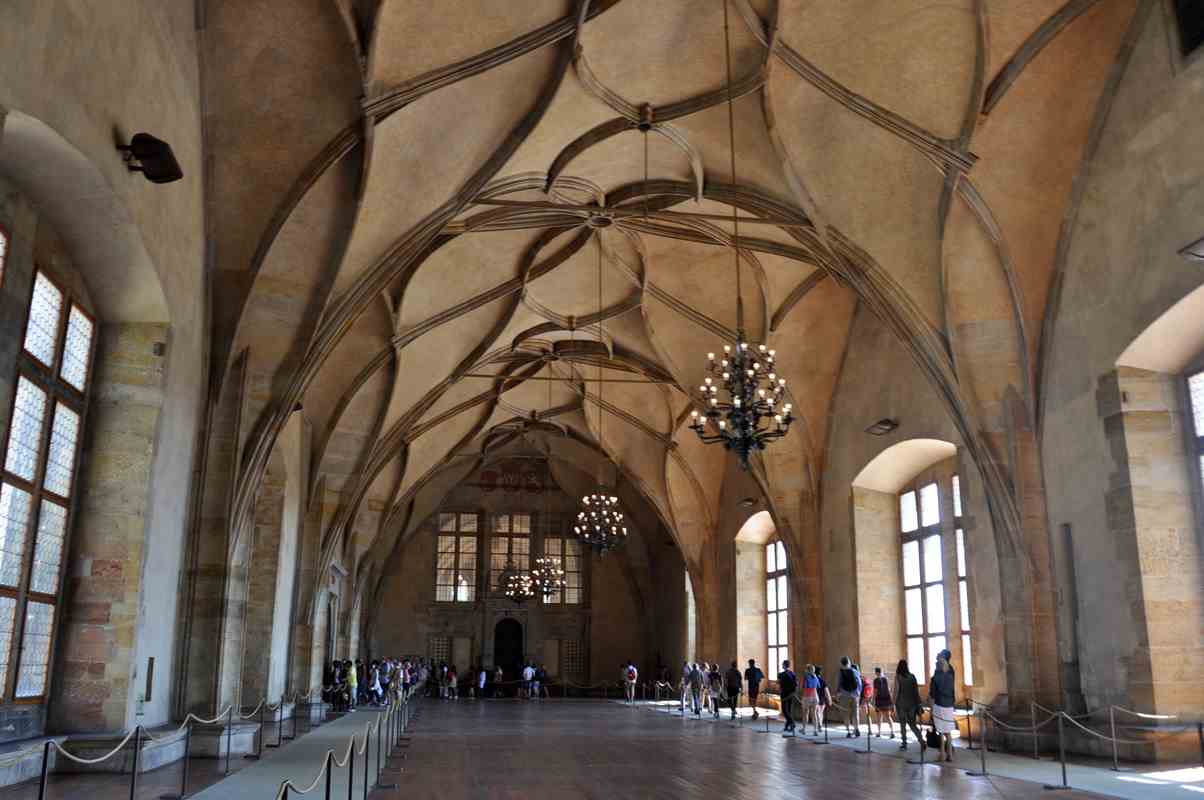
Knights on horseback could enter the Vladislav Hall by climbing the Rider’s Staircase.
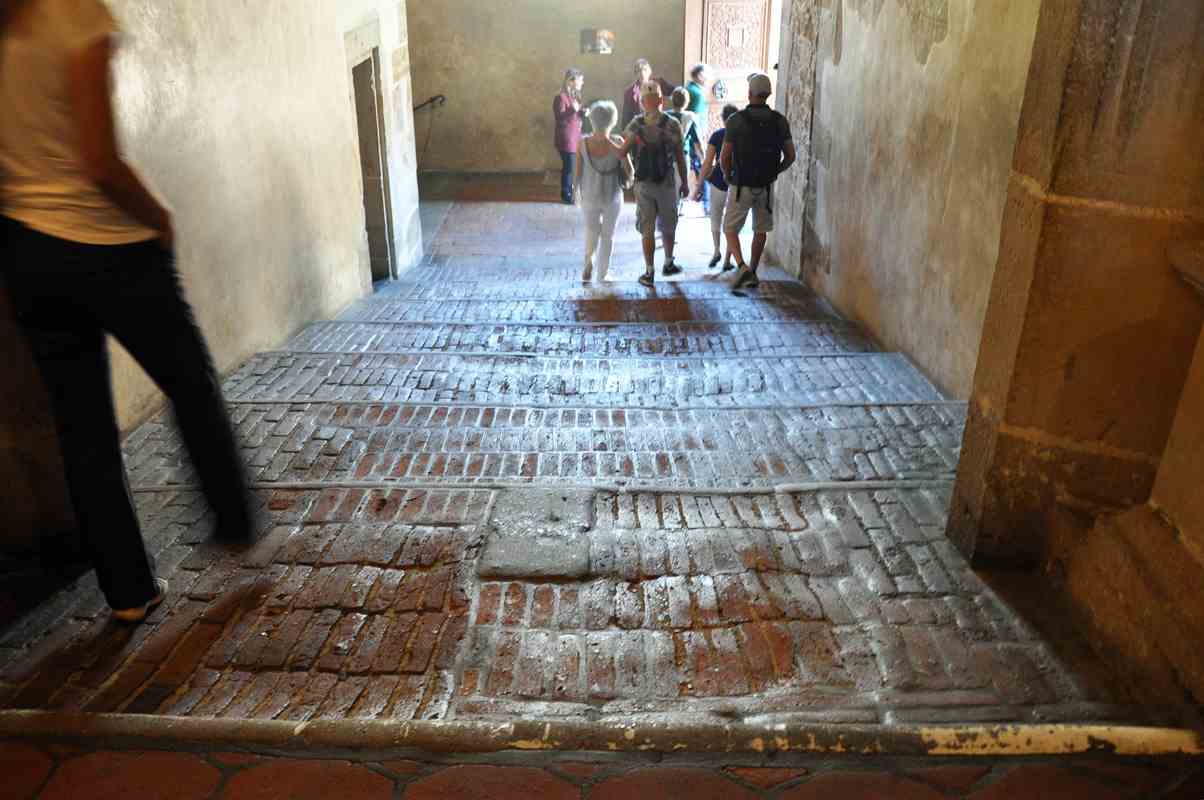
The Defenestration Window
Defenestration means being thrown out a window.
While there had been an earlier incident in 1419, defenestration more commomly refers to an event in 1618,
where two Catholic Regents were thrown out of this window by Protestants protesting against the increasing catholicization of Prague.
They actually survived the 21 metre fall.
Catholics maintained the men were saved by angels. Later Protestants asserted that they survived due to falling onto a dung heap,
a story unknown to contemporaries and probably coined in response to divine intervention claims.
The incident precipitatrd the Thirty Years War between the Catholics and Protestants.
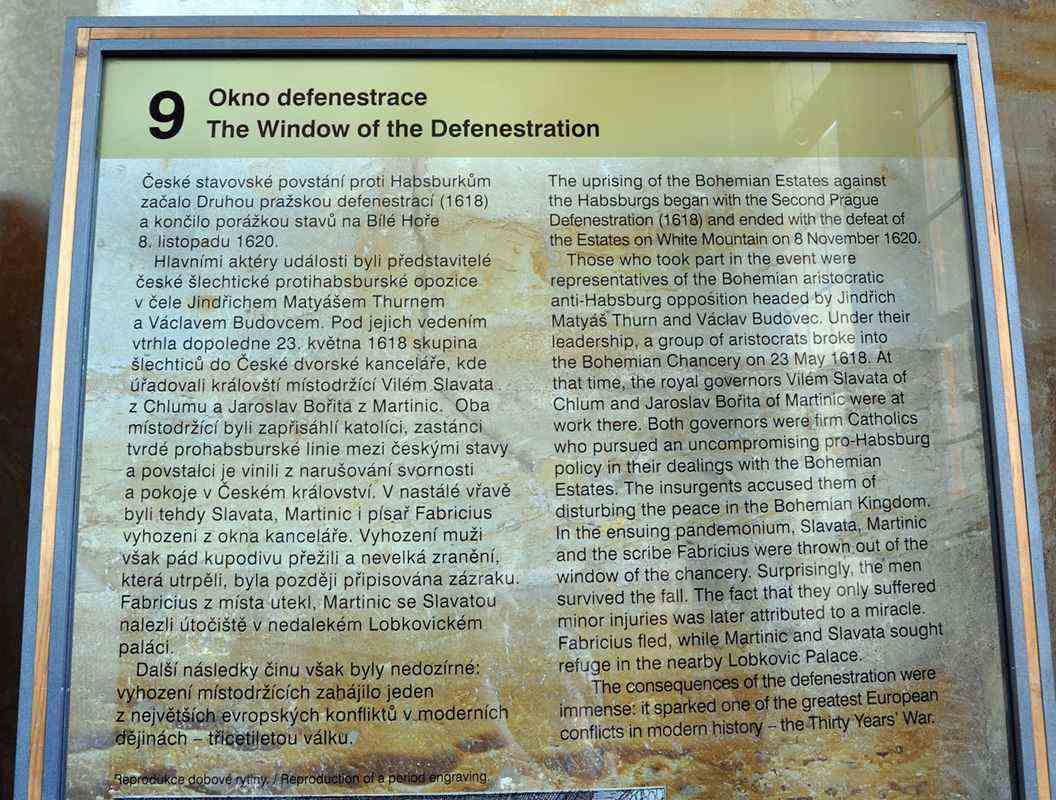
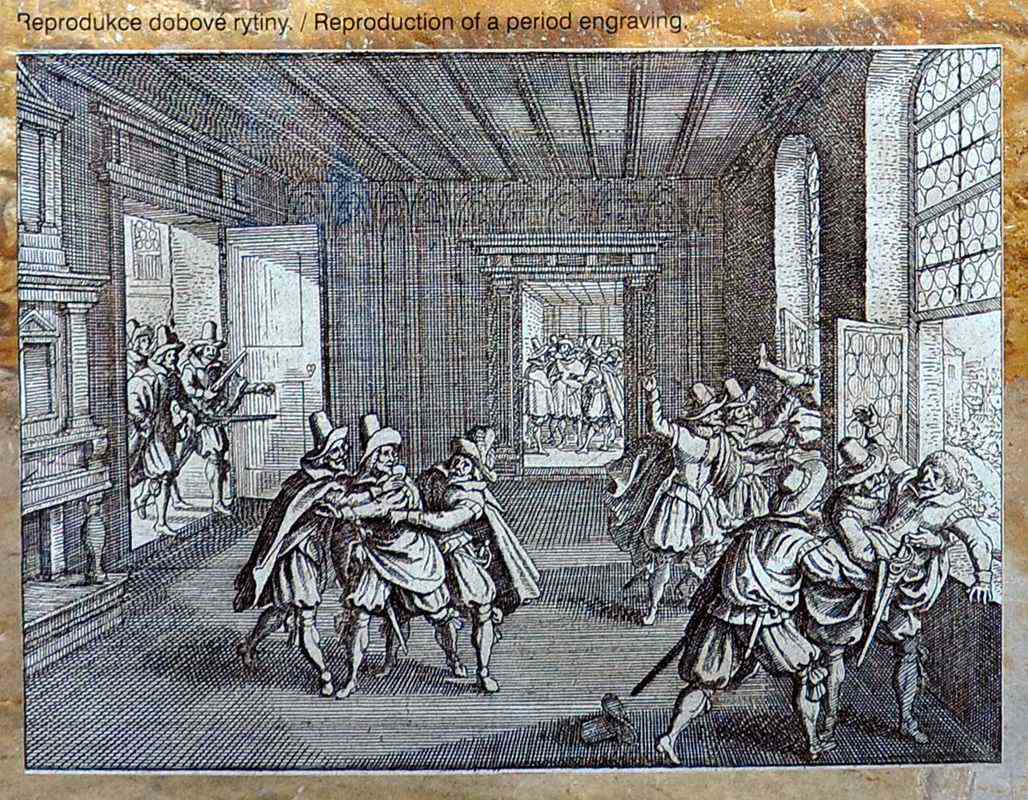

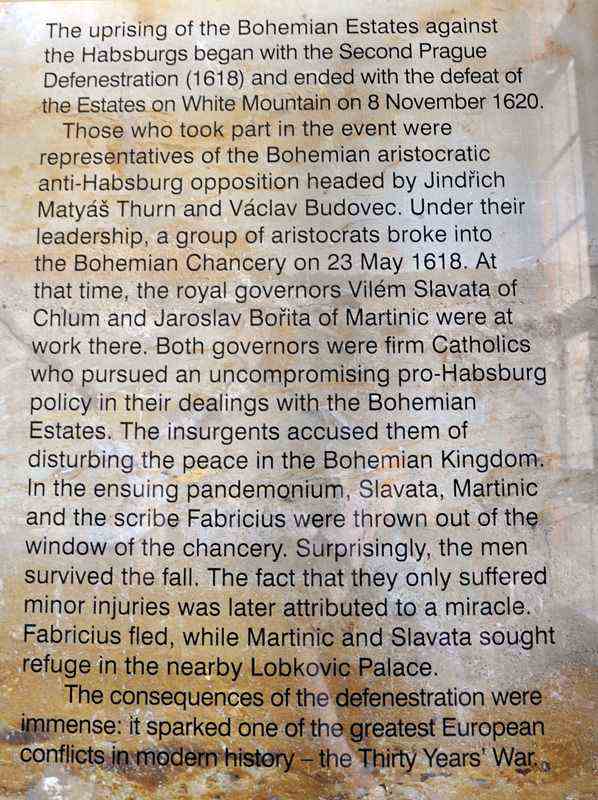
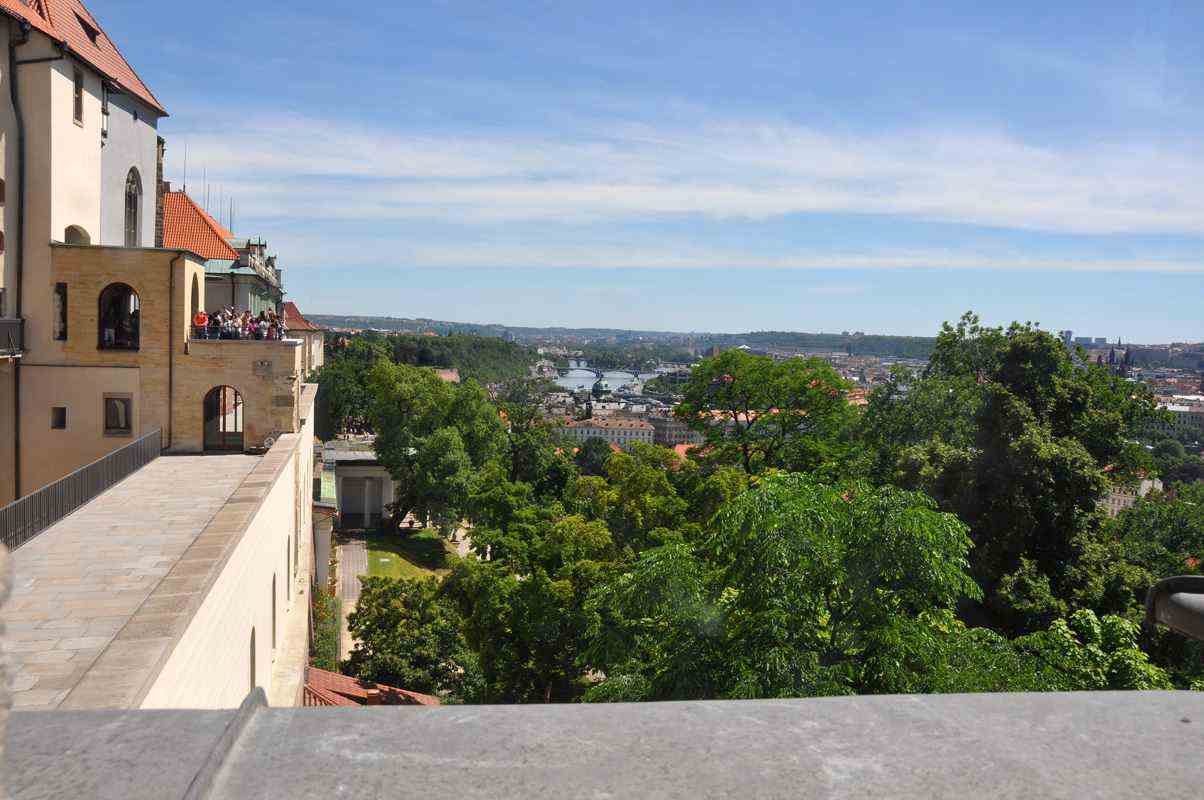
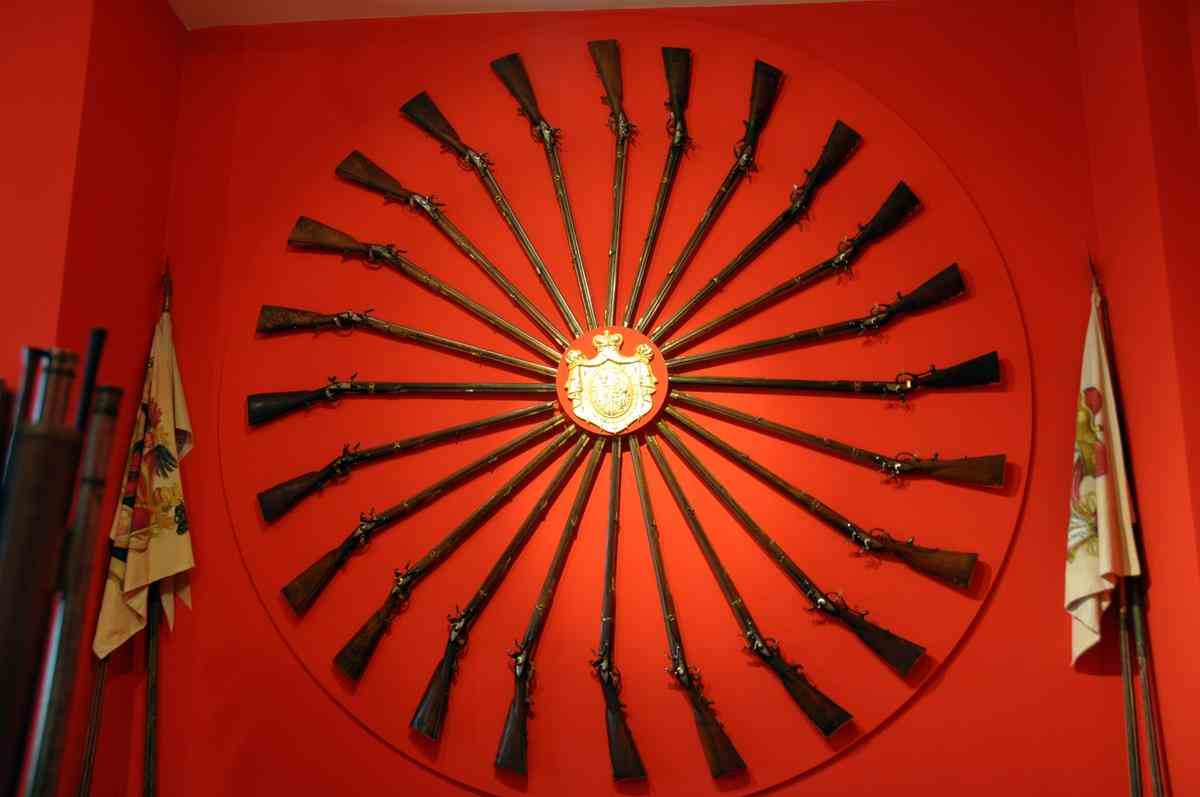
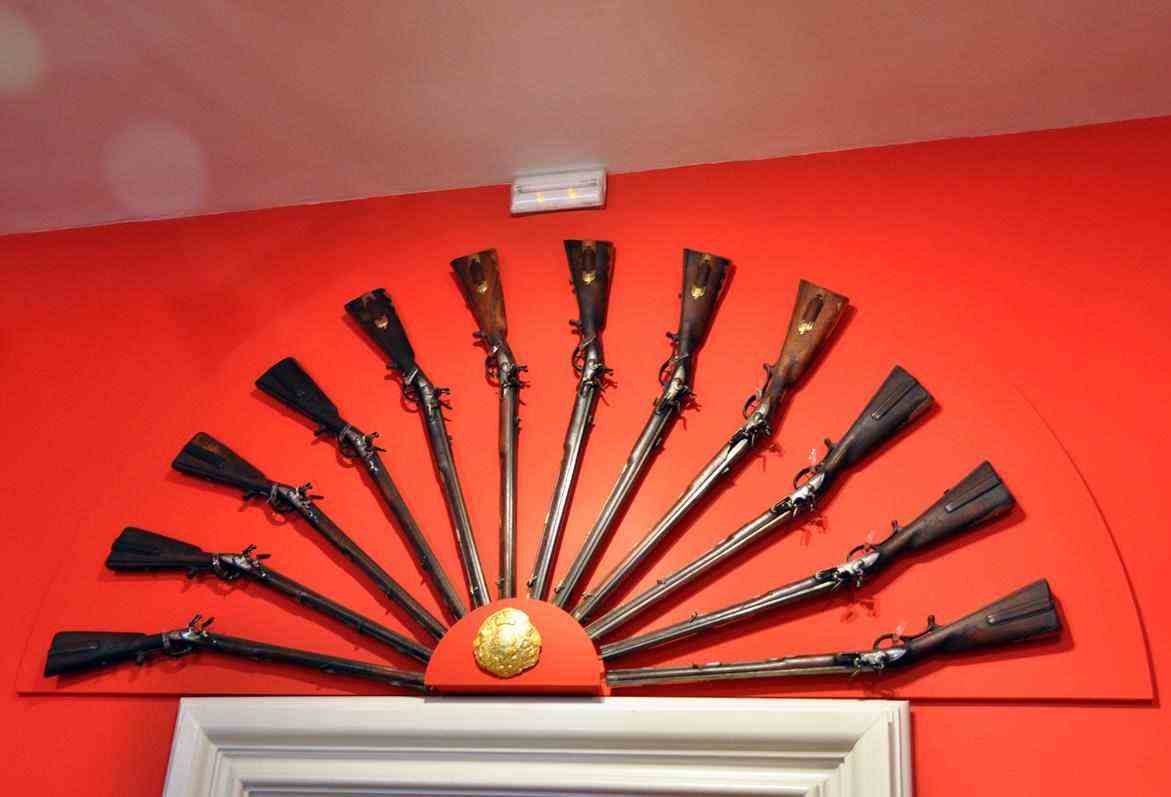
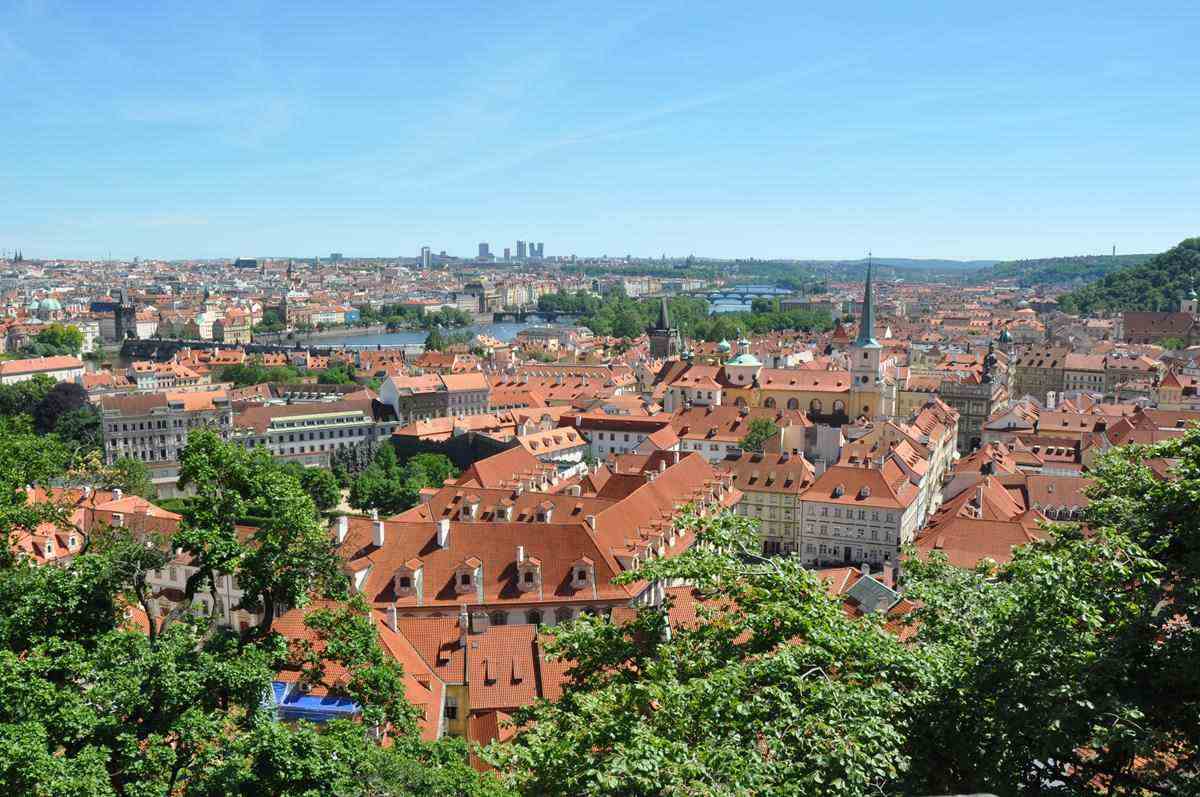
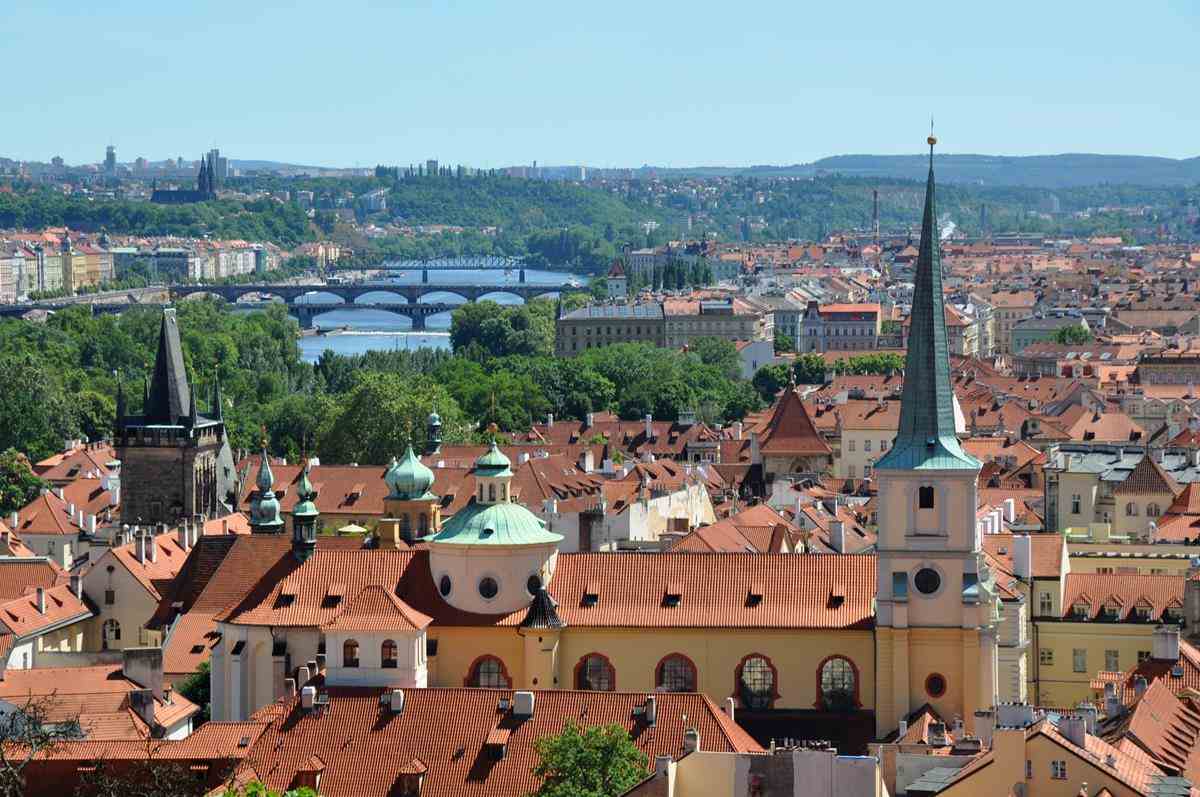



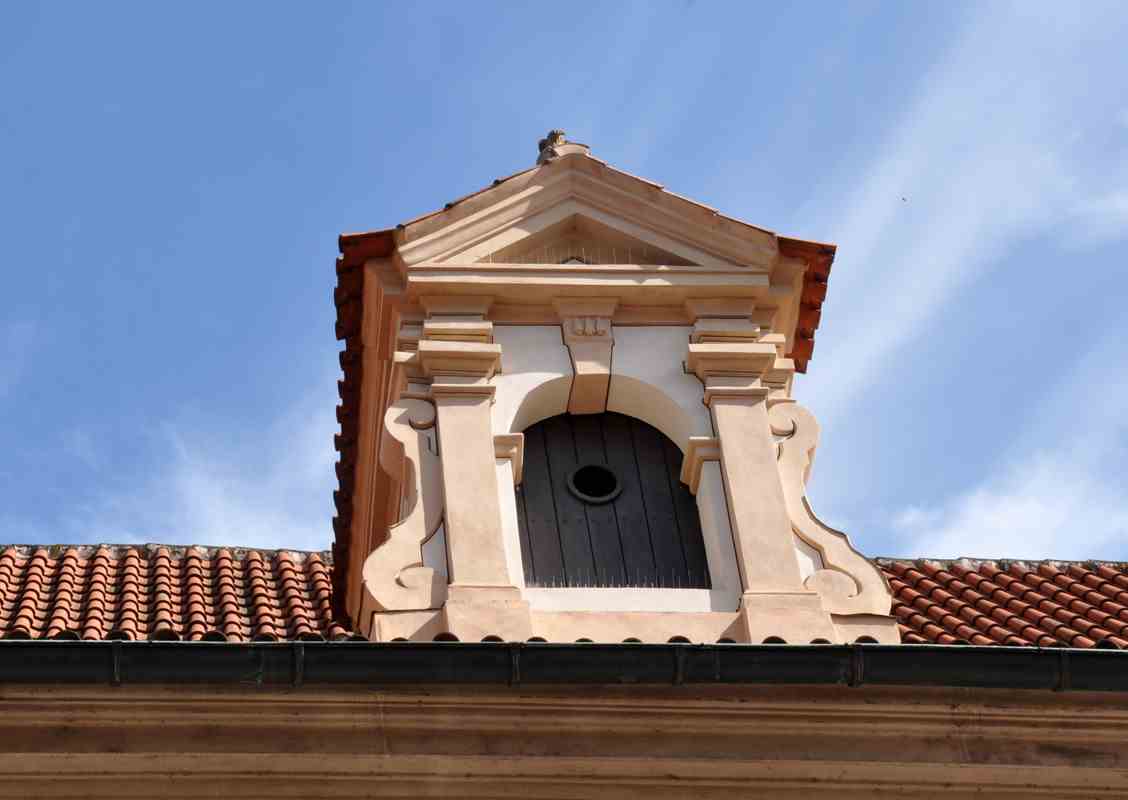

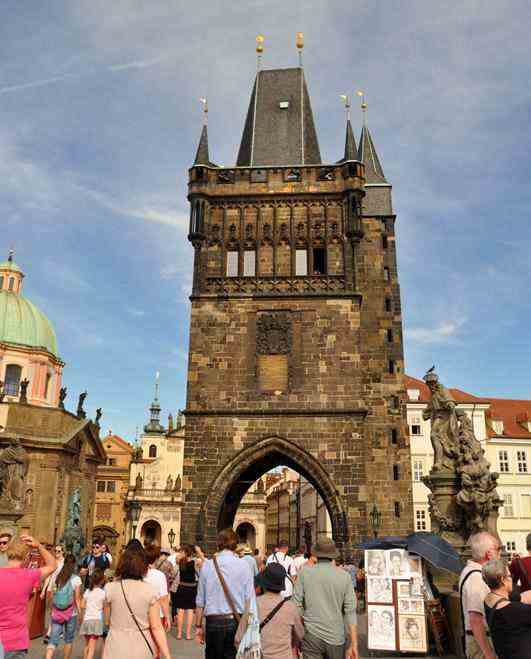
Charles Bridge (Karlův Most)
An historic bridge that crosses the Vltava river in Prague, the construction of Charles Bridge started in 1357
under the auspices of King Charles IV, and finished in the beginning of the 15th century.
As the only means of crossing the river until 1841, Charles Bridge was the most important connection between Prague Castle and the city's Old Town
and adjacent areas. This "solid-land" connection made Prague important as a trade route between Eastern and Western Europe.
A major repair of the bridge took place between 1965 and 1978, based on a collaboration among various scientific and cultural institutes.
All vehicular traffic has been excluded from Charles Bridge since then, making it accessible by pedestrians only.
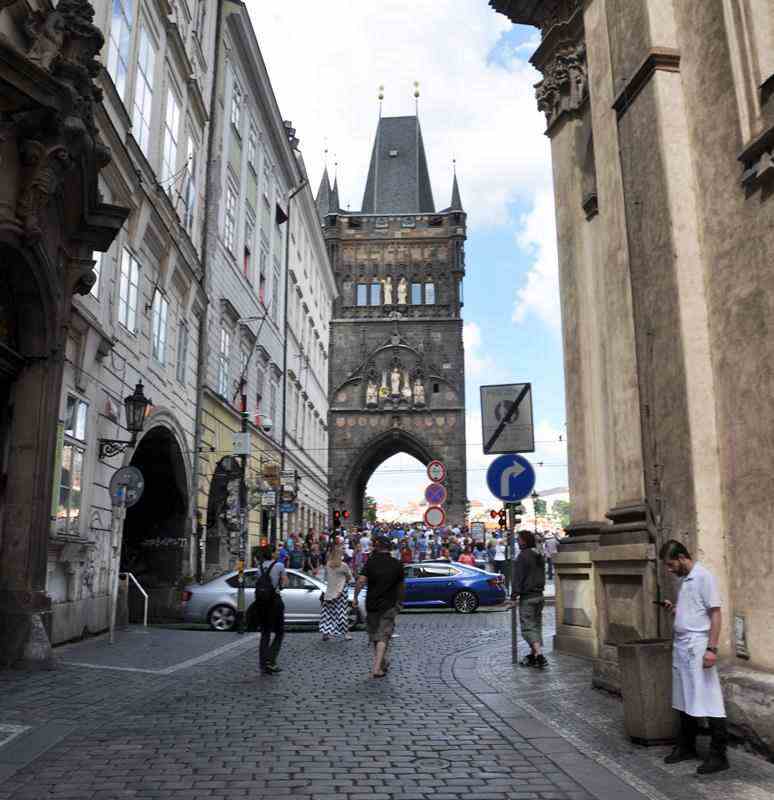
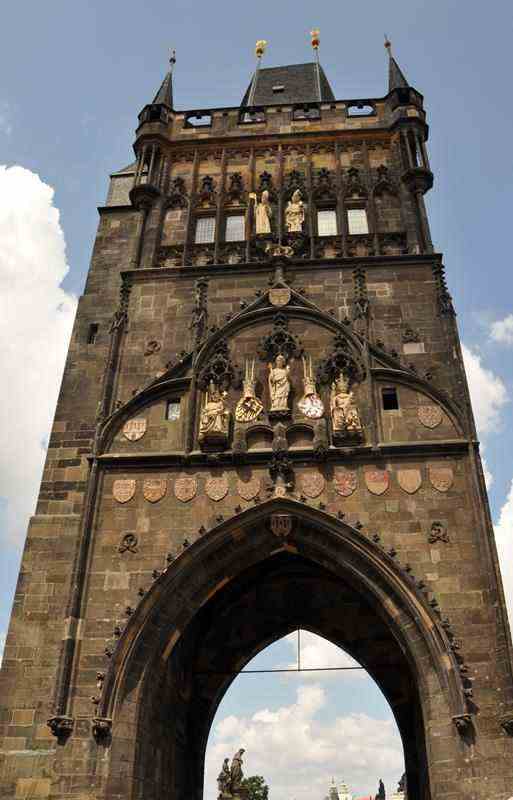
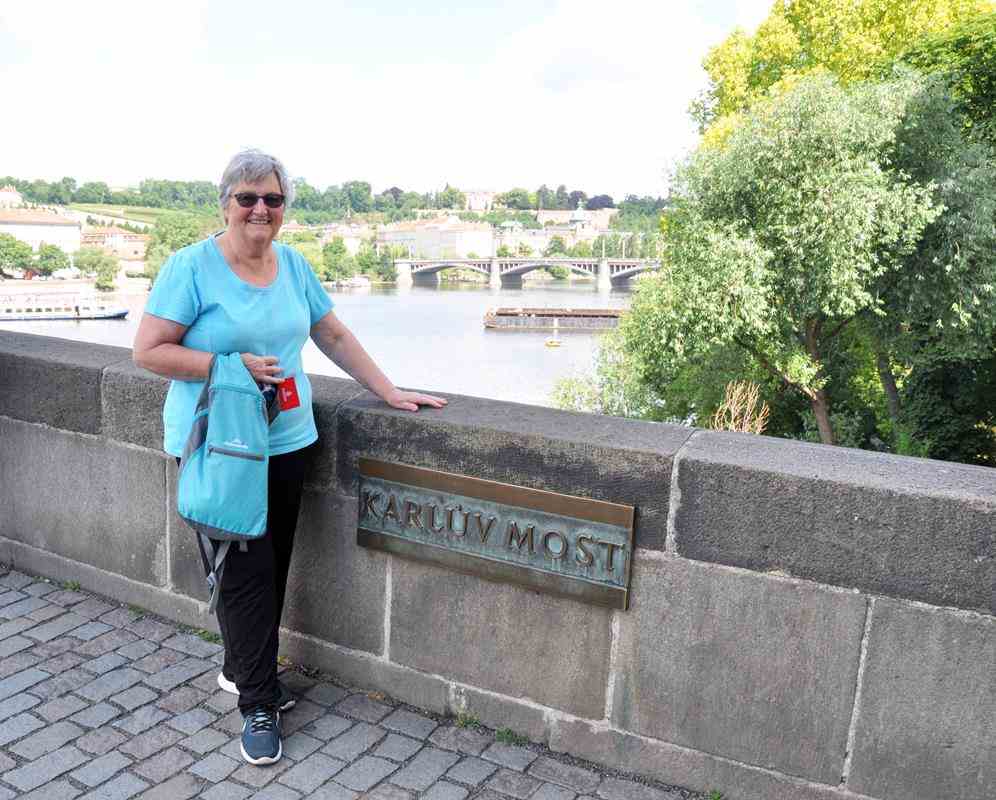
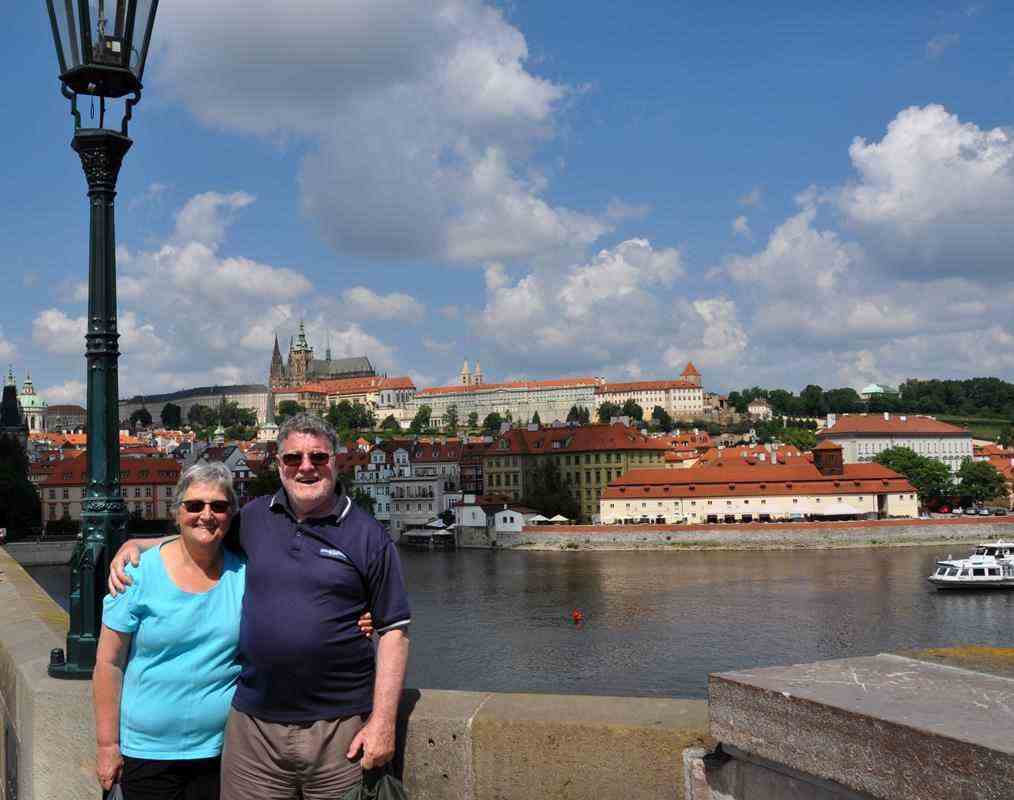
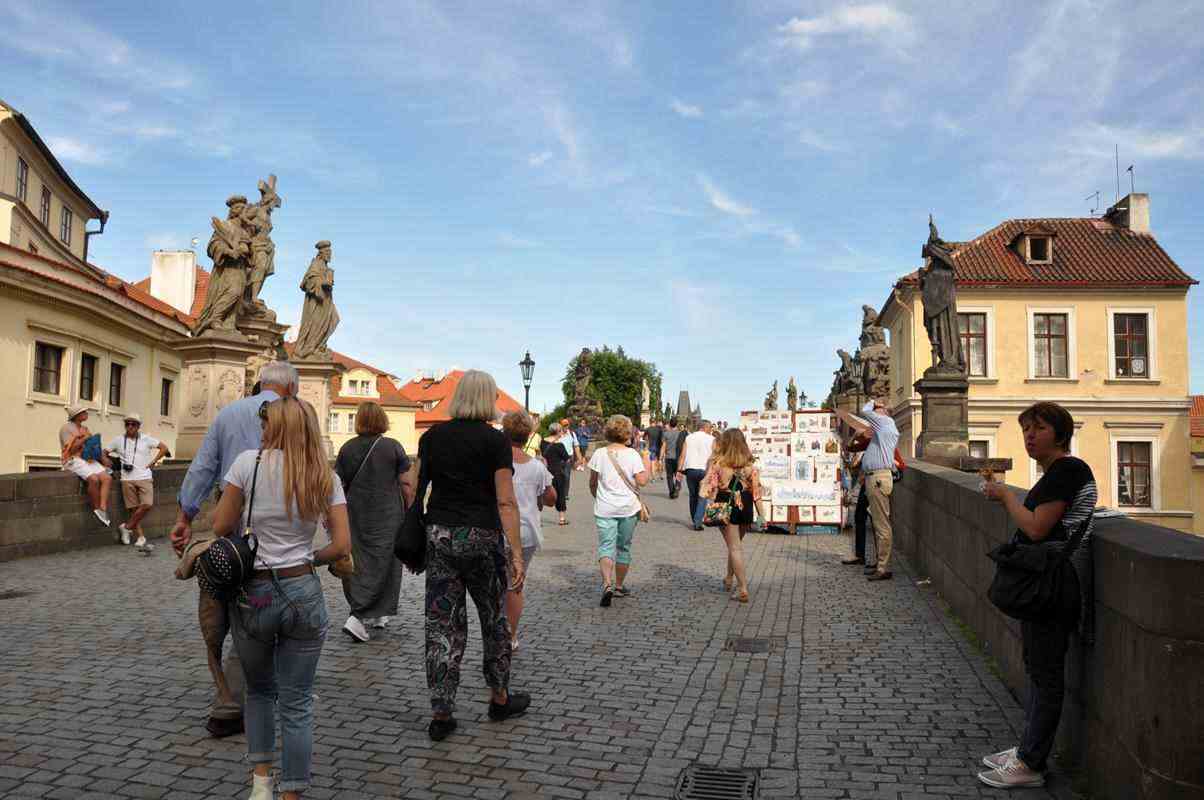
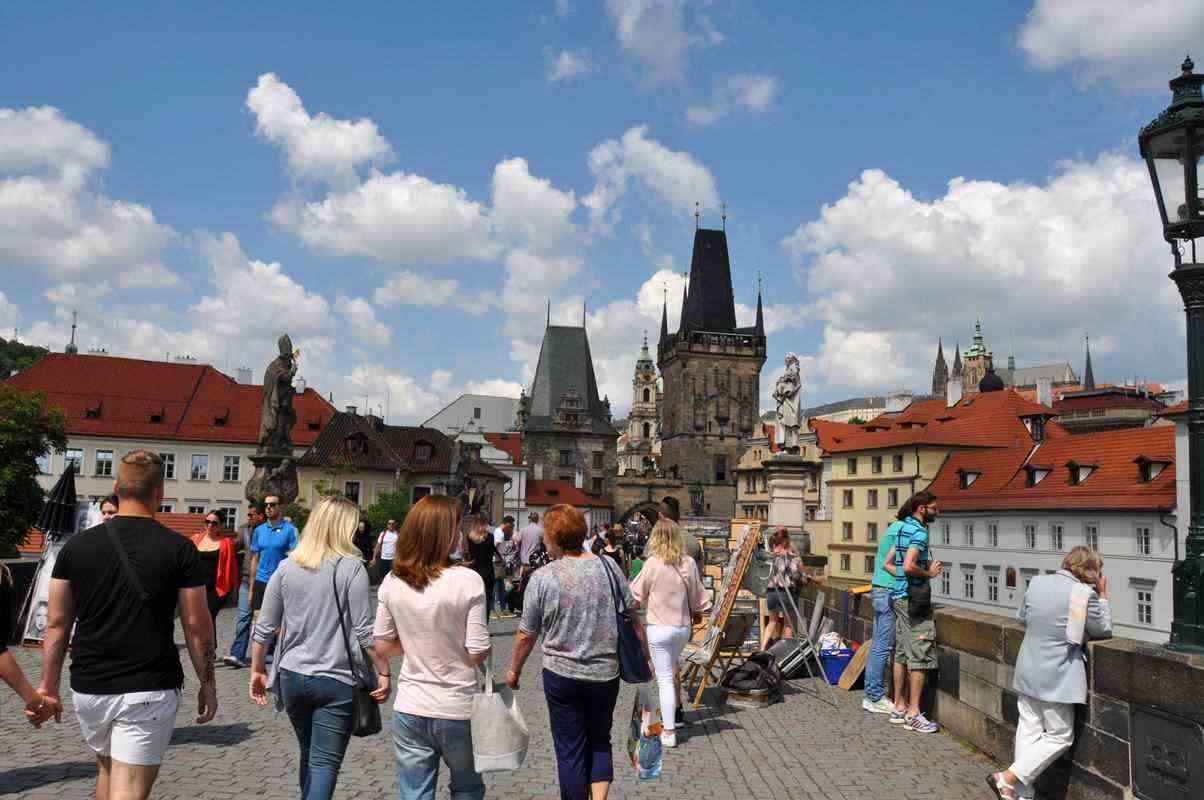
Views from the bridge.
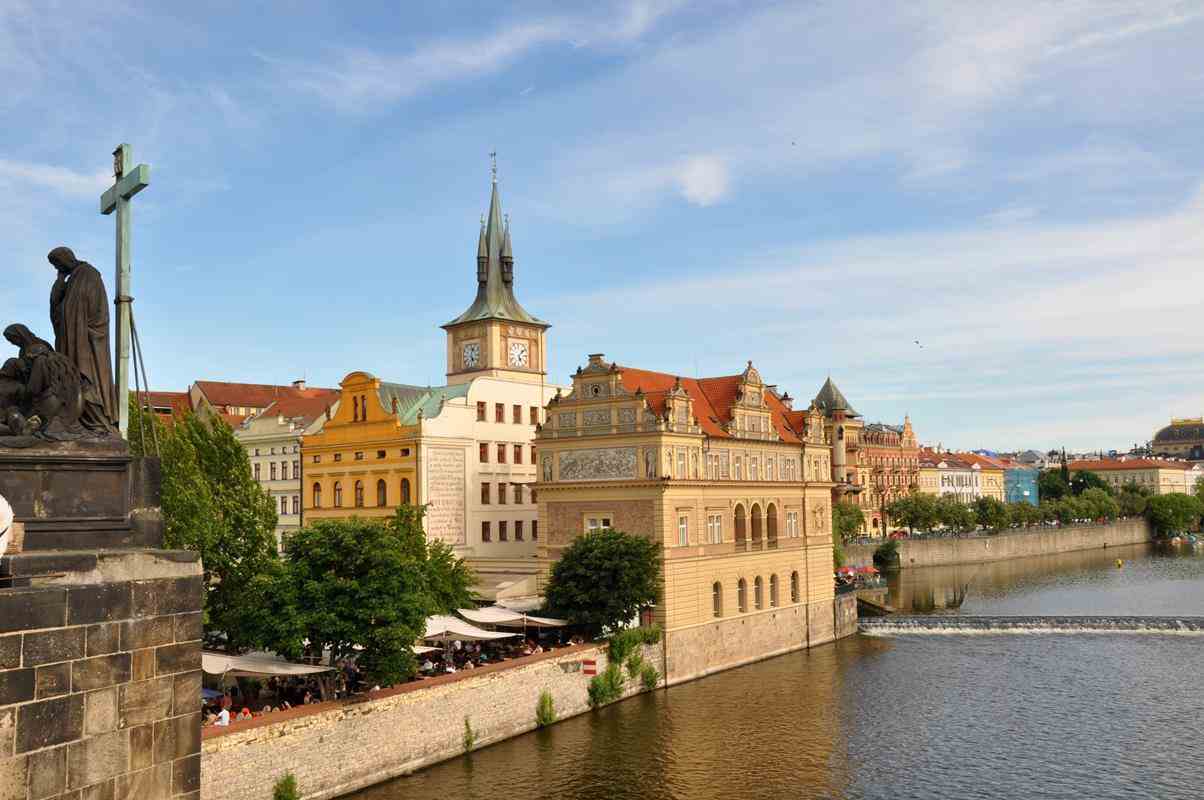
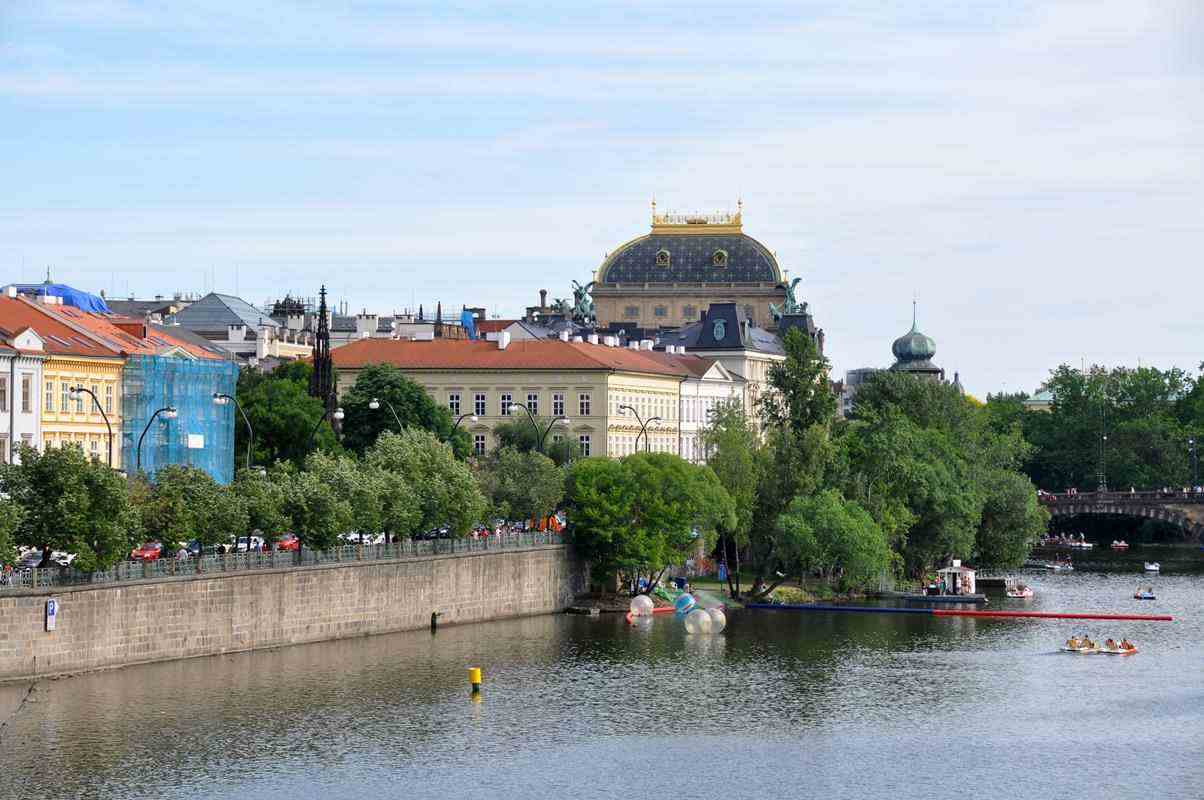
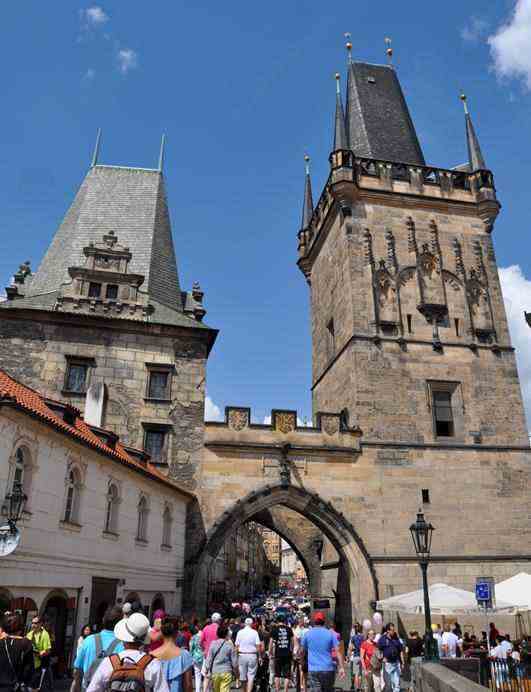
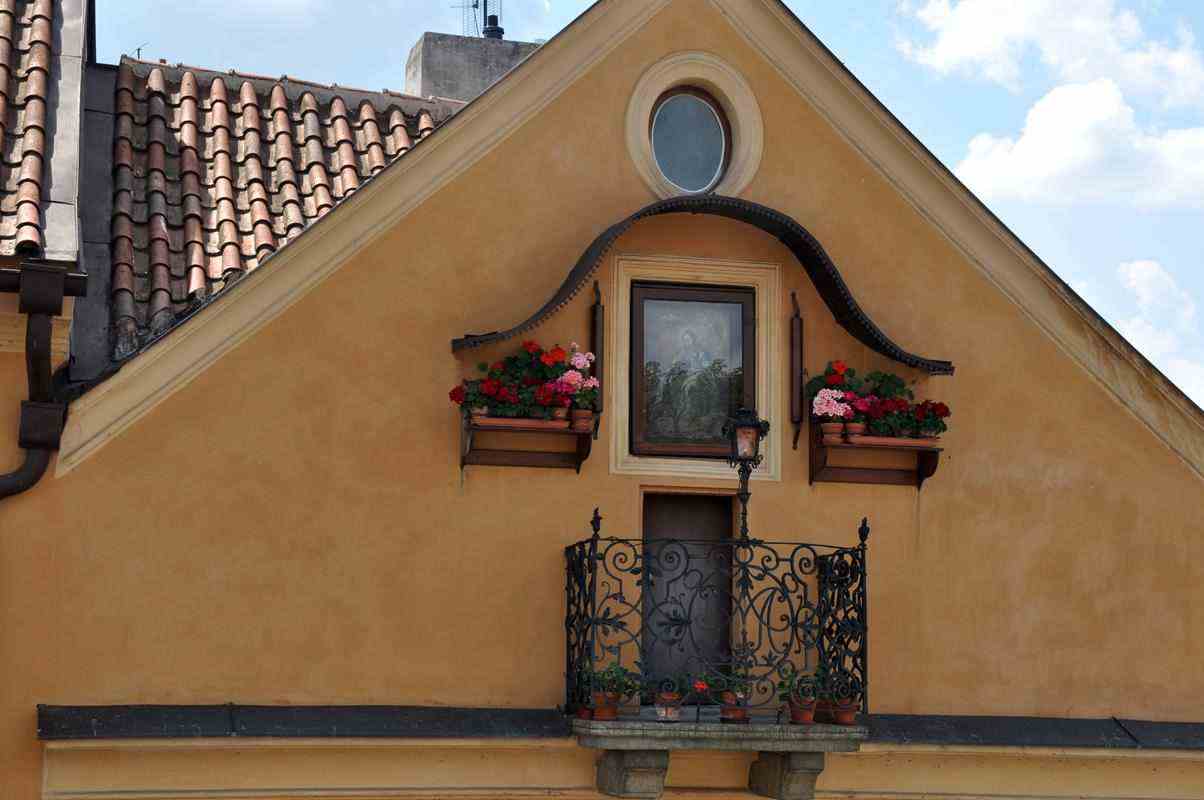
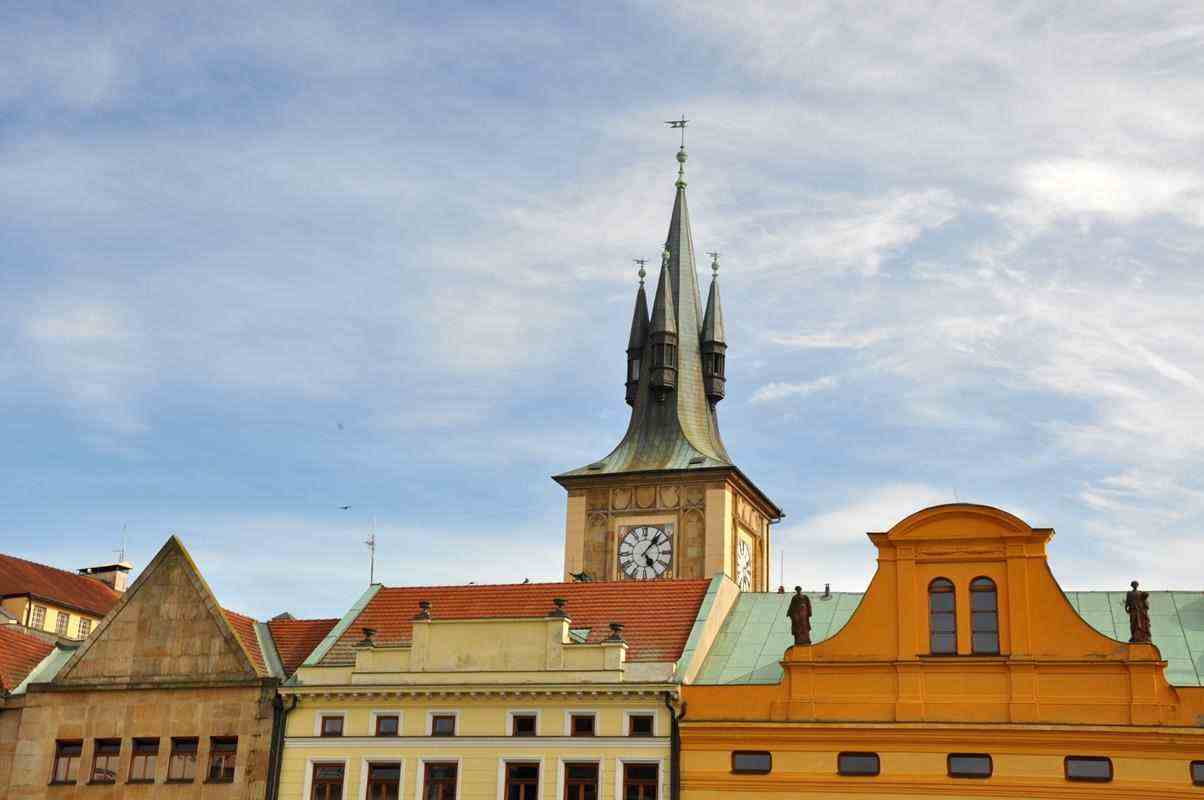
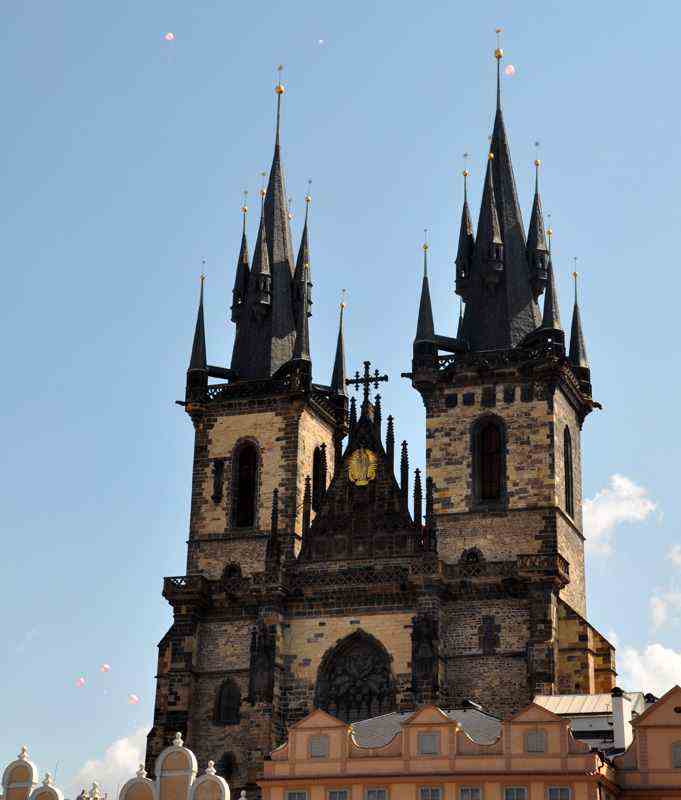
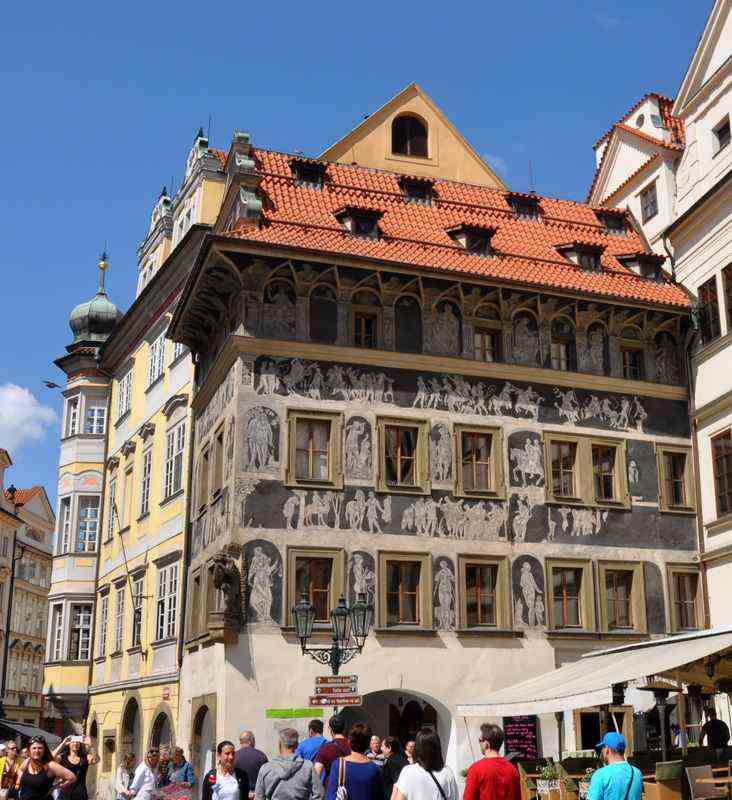
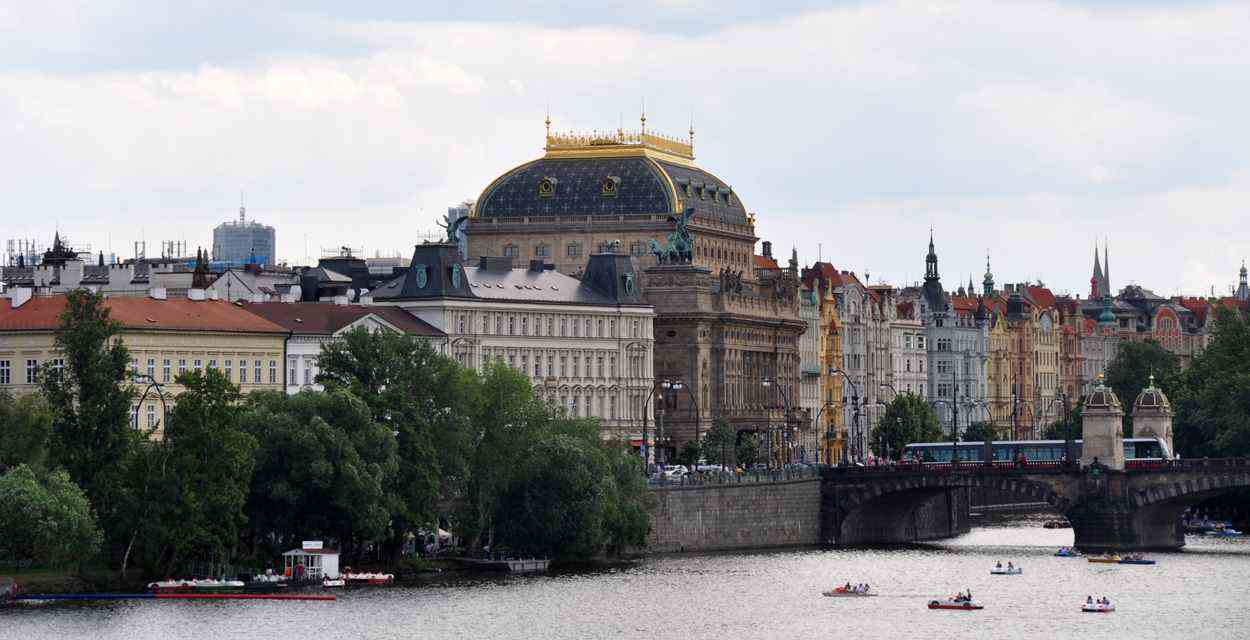
One way of keeping your feet clean.
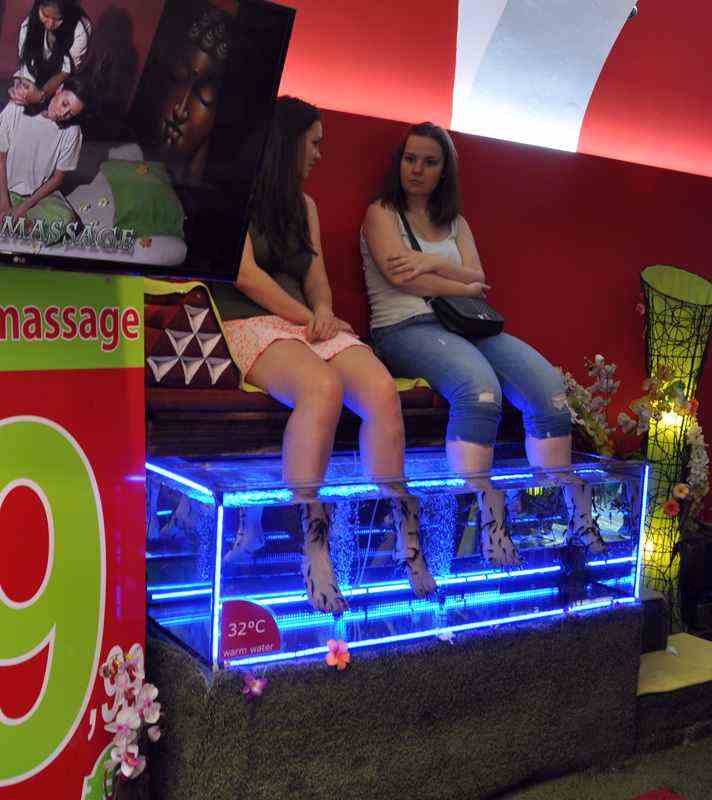
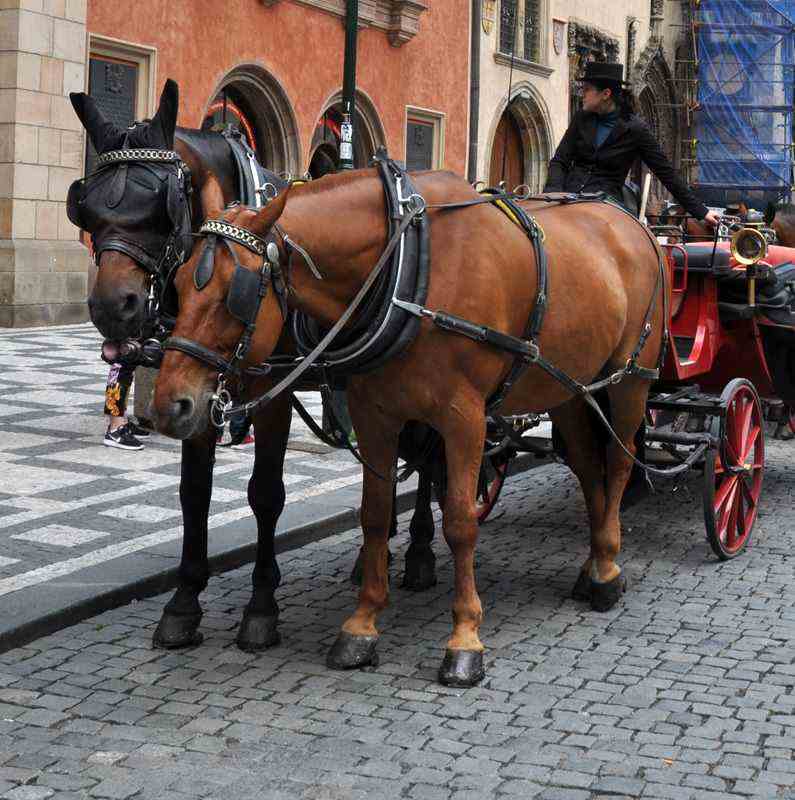
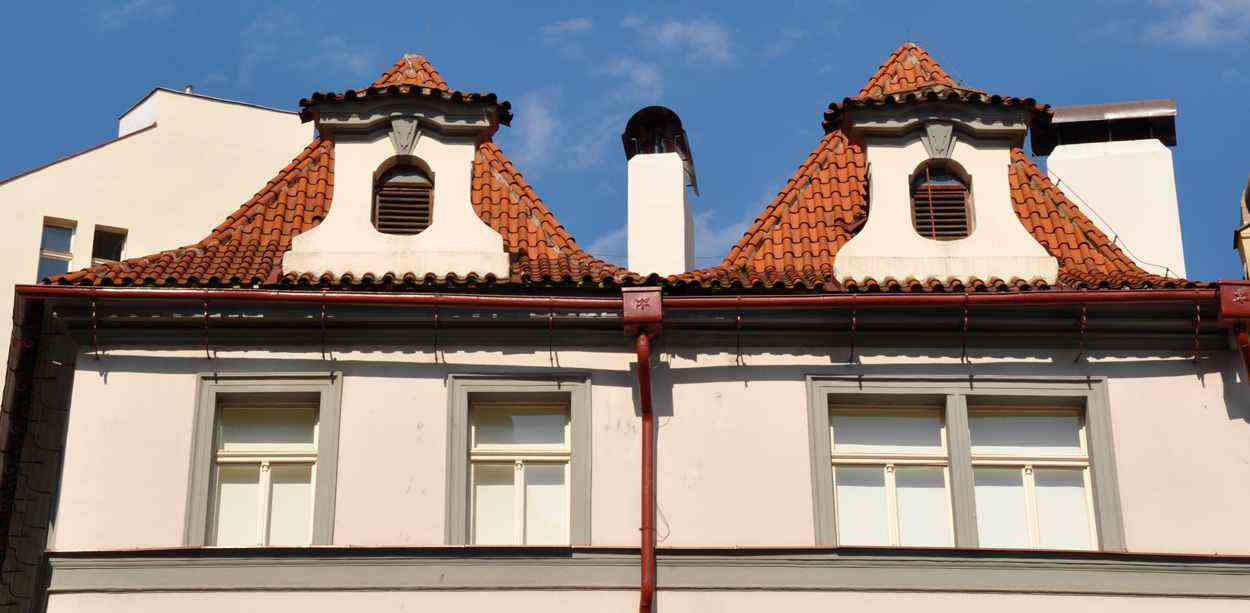
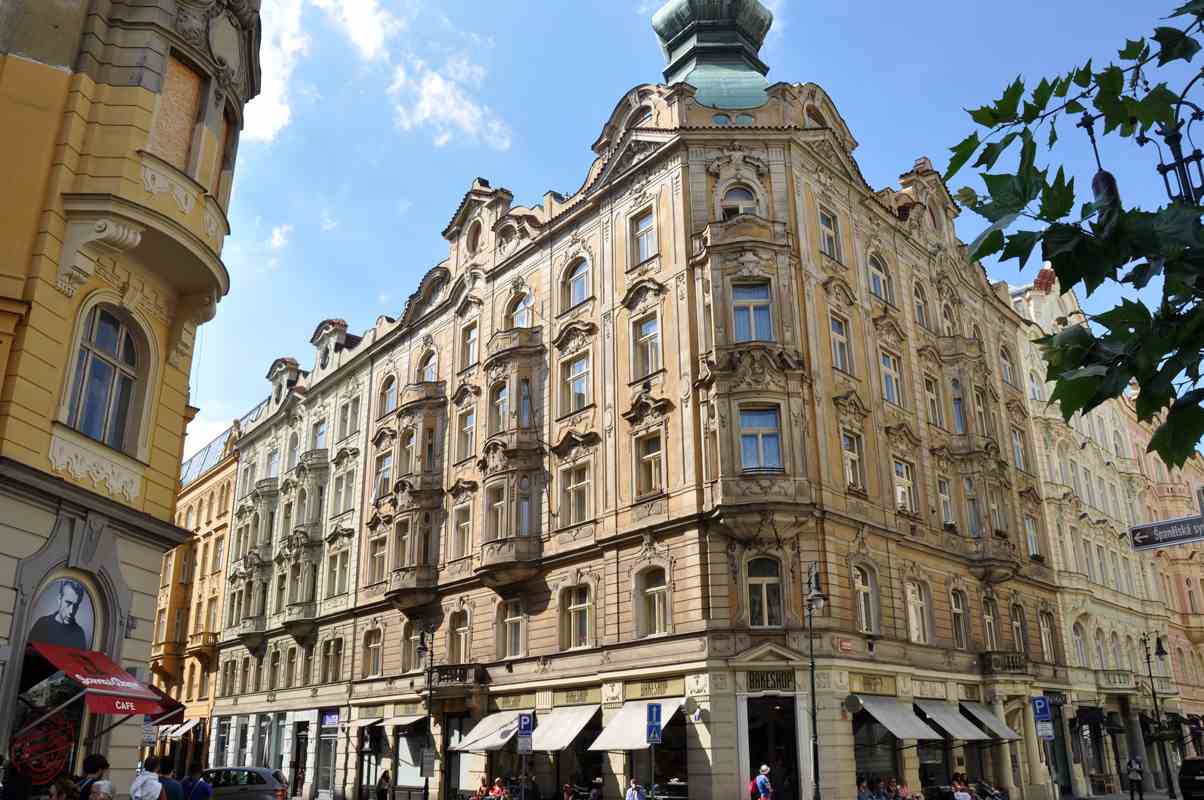
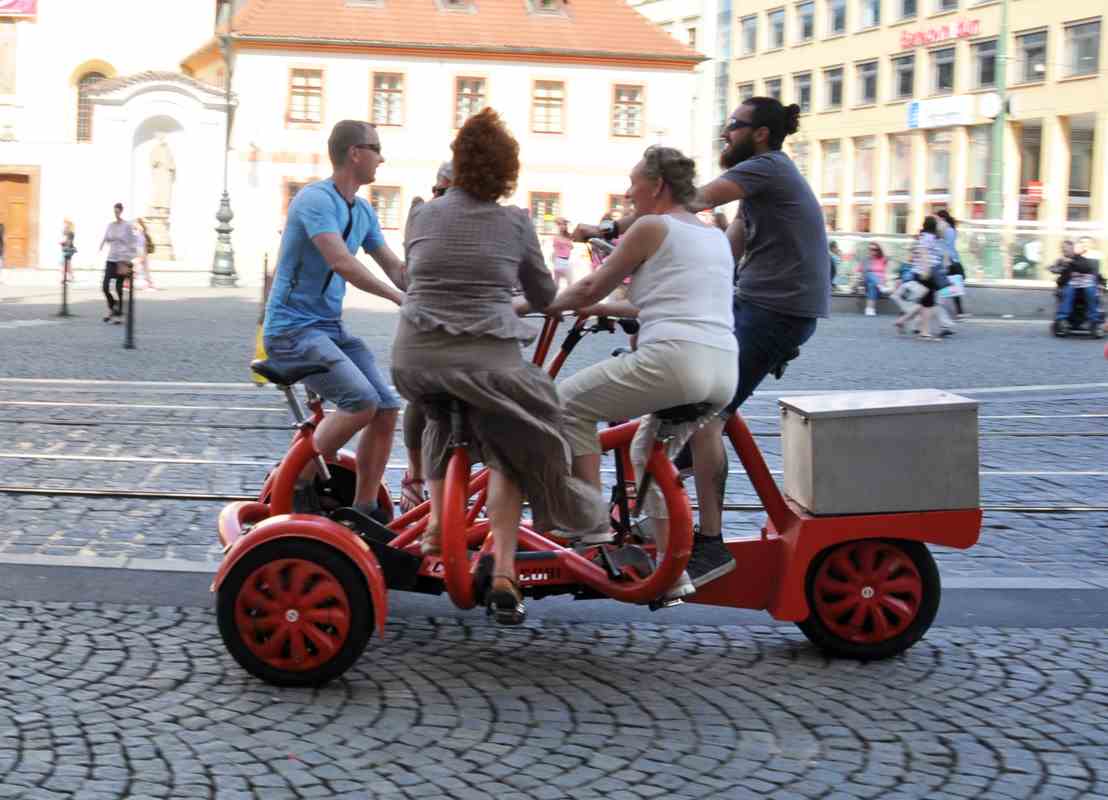
The Prague astronomical clock was first installed in 1410, making it the oldest astronomical clock in the world that is still operating.
The clock mechanism itself has three main components:
1. The astronomical dial, representing the position of the Sun and Moon in the sky and displaying various astronomical details.
2. "The Walk of the Apostles", a clockwork hourly show of figures of the Apostles and other moving sculptures,
notably a figure of Death (represented by a skeleton) striking the time.
3. A calendar dial with medallions representing the months.
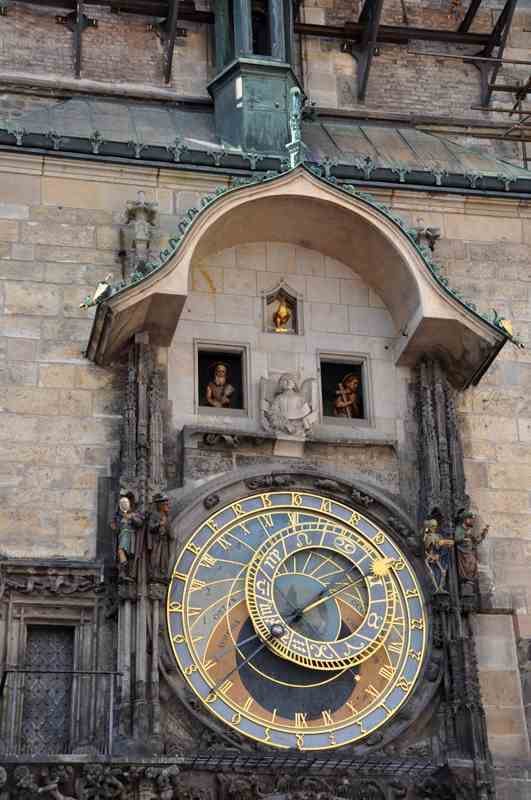
Prague, the capital and largest city of the Czech Republic, has a population of 2.2 million people.
Prague has been a political, cultural, and economic centre of central Europe with waxing and waning fortunes during its history.
Founded during the Romanesque and flourishing by the Gothic, Renaissance and Baroque eras, Prague was the capital of the kingdom of Bohemia
and the main residence of several Holy Roman Emperors, most notably of Charles IV.
Since 1992, the extensive historic centre of Prague has been included in the UNESCO list of World Heritage Sites.
Its rich history makes it a popular tourist destination, and the city receives more than 6.4 million international visitors annually,
In 2014. Prague was the fifth most visited European city after London, Paris, Istanbul and Rome.
The Grand Hotel Bohemia
Sheer luxury, our home for 4 nights in Prague, right in the heart of the old town.
We had a very special dinner and concert at the stunning neo-Baroque Boccaccio ballroom
in the basement of the hotel.
In between the meal courses we were entertained with music of Mozart and others performed by a small ensemble
and an excellent soprano and baritone in period costume.

The National Theatre of Prague

We saw a performance of Lohengrin in the theatre.
Lohengrin is a Romantic opera composed and written by Richard Wagner, first performed in 1850.
We had read the synopsis of the opera on Google and fortunately there were English (and Czech) subtitles projected on a screen above the stage.
So I was able to follow it ok.
It started at 6pm and with 2 intervals it finished after 11pm. Over 4 hours of opera.

We were lucky to have a private box.


Margaret is no fan of Wagner and thinks that Lohengrin is a slow and dismal opera.
However she loved the whole experience ... getting dressed up, sitting in the private box ,
watching the orchestra from above, a glass of champagne during the interval ...

Prague Castle area
Dating from the 9th century, the castle was the seat of power for the Kings of Bohemia, the Holy Roman Emperors, and the Presidents of Czechoslavakia.
St. Vitus Cathedral
This cathedral is a prominent example of Gothic architecture and is the largest and most important church in the country.
It contains the tombs of many Bohemian kings and Holy Roman Emperors,
Construction of the current cathedral began in 1344 and was only completed in 1929.
Old Royal Palace (Starý královský palác)
The Old Royal Palace used to be the seat of Bohemian princes.
It was founded in the 9th century and since then has been changed significantly by great emperors Sobeslav I, Charles IV, Wenceslas IV and Vladislav Jagiello.
Knights on horseback could enter the Vladislav Hall by climbing the Rider’s Staircase.
The Defenestration Window
Defenestration means being thrown out a window.
While there had been an earlier incident in 1419, defenestration more commomly refers to an event in 1618,
where two Catholic Regents were thrown out of this window by Protestants protesting against the increasing catholicization of Prague.
They actually survived the 21 metre fall.
Catholics maintained the men were saved by angels. Later Protestants asserted that they survived due to falling onto a dung heap,
a story unknown to contemporaries and probably coined in response to divine intervention claims.
The incident precipitatrd the Thirty Years War between the Catholics and Protestants.






Charles Bridge (Karlův Most)
An historic bridge that crosses the Vltava river in Prague, the construction of Charles Bridge started in 1357
under the auspices of King Charles IV, and finished in the beginning of the 15th century.
As the only means of crossing the river until 1841, Charles Bridge was the most important connection between Prague Castle and the city's Old Town
and adjacent areas. This "solid-land" connection made Prague important as a trade route between Eastern and Western Europe.
A major repair of the bridge took place between 1965 and 1978, based on a collaboration among various scientific and cultural institutes.
All vehicular traffic has been excluded from Charles Bridge since then, making it accessible by pedestrians only.






Views from the bridge.





One way of keeping your feet clean.
The Prague astronomical clock was first installed in 1410, making it the oldest astronomical clock in the world that is still operating.
The clock mechanism itself has three main components:
1. The astronomical dial, representing the position of the Sun and Moon in the sky and displaying various astronomical details.
2. "The Walk of the Apostles", a clockwork hourly show of figures of the Apostles and other moving sculptures,
notably a figure of Death (represented by a skeleton) striking the time.
3. A calendar dial with medallions representing the months.